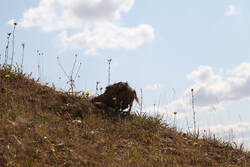 It has been four months since I placed Quarry Man into the landscape back in February. The last time I saw him, buzzards were enjoying him as an outlook post and meeting place. I so wish I had one of those movement trigger and time-lapse cameras set up, to see what visitors he had. Animal tracks pass right by him; hares, deer and birds have all paid him a visit. This visit, after such a long break, I was surprised at how much he had eroded back into the landscape. I was hoping maybe some of his glacial clay form remained for me to mould and cast, but nature put a stop to that. I love how the elements have taken control, this was a very exposed site, right on the edge, catching the full force of the wind and rain. All that greeted me was a woven ball of willow whips still stuffed with straw keeled over to one side as if he had been dragged there. Maybe the buzzards found his collapsing features a threat and decided to pull him apart, who knows. When I took a closer look at the surrounding area, bird droppings were the evidence of their presence. One had even left me a gift, a soft parcel of fur, feathers and bones, this pellet could have been left by any number of bird species, I shall never know. When the quarry is quiet at night the wildlife take over, a private safe place away from human's imposing activity, until the morning.
0 Comments
A journey from deep-time. This lump of clay has returned from where it came. Manipulated and reimagined as a narrative of its history. Quarry Man resides with quiet authority, emerging from an exposed seam of its origin, as if trying to escape the pressure of the time. He gazes over the extracted land beneath, a land void of the the gravels and sands that the ancient mighty Thames brought from the West, the gravels taken in a quest for progress. This vast sink hole in the landscape now filled with water inviting new life. Quarry Man is a migrant. Dumped here, from the North by the forces of nature. The slow power of ice, picked up his DNA, bit by bit, on its route South, then warming climates dumped him here, hidden and forgotten - hibernating. Woken by the arm of the excavator, shifted, pushed and exposed. I took a lump of this geological cake mixt and gave it form. Nature gave me the words to sculpt a poem. This work is the result of spending time exploring and immersing myself into the landscape of the quarry. I shall return to see how long it takes for Quarry Man to erode back into the Earth. I'm not sure how long this will take, but he is on a very exposed elevated position. This chalky boulder clay face will be removed within the year anyway, for the next phase of excavation, so it will be interesting to see if he lasts till then. In the meantime, I am working on an exciting project with finds from the current Thames.
The last few months have been very busy and rather exciting, exhilarating, intriguing and a little bit weird, so excuse the lapse in writing, however, for those who follow me on Instagram, you will be up to date with my quarry adventures. Exhibiting Portal – To a Land Before Prometheus at the National Maritime Museum in Greenwich as part of the Hands-on-History event with Thames Festival and the mudlarking community was a great success. To show my work, inspired by the contrast of the ancestral Thames deposits, here at the quarry, with the current London Thames deposits was a real eye opener for the visitors to see. Not only did the public learn about the existence of the ancestral Thames but also, they questioned the human impact on the current Thames foreshore, also noting our effect on the environment and impending climate changes. Thanks to Hanson for their continued support and to mudlarkers Marie Louise Plum and Jason Sandy for including me in the event. I have since given a talk to the Essex Rock and Mineral Society, how geology is informing my practice, and Ignite Chelmsford, on the subject of Art and the Environment alongside artist Daniel and Clara and EA Sustain founder Joanne Ooi, in connection with the recent successful exhibition of Gaia by Luke Jerram at Chelmsford Cathedral. With continued public engagement of this project, I am hoping to be more successful in applying for funding to continue this project to create and exhibit the resulting work in London, collaborating with the mudlarkers, and also, more importantly, to show this and future work in Essex. I have also continued my figurative sculpting investigations. This time, instead of live willow on the site, I have cut willow whips from the site and taken them back to my studio to experiment with. The leaves were removed from the dried stems before soaking in water to make them flexible. I could then bend them easily to help in the construction of an armature for a portrait bust. Rory, one of the quarry workers, kindly volunteered to be a model (the others will get their chance soon). Once the willow armature was ready I applied some scrim to hold it together, stuffed it with straw then applied a sandy mix of till or chalky boulder clay. A lovely sticky wet consistency that adhered well. This wet consistency shrank as it dried therefore creating lovely organic cracks but held together well enough for me to apply further layers of clay. I sculpted the portrait features using traditional measuring methods and site-sizing from images I had taken. I love how some of the willow pokes out from the surface keeping this very earthy and showing evidence of its construction. This will be developed further, challenging myself to create a full striding figure using this sustainable method of construction and the work can eventually erode back into the landscape it once came from. This work is the beginning of my investigations of paralleling the forces of geological rock migration with geographical human migration – connecting us to the landscape.
I have now moved my deep time geological investigations to the top layers of the cake. Using a metal detector, I have been searching the removed topsoil, the fields ready for topsoil removal and the areas where the topsoil has been removed. In one day, I found a WW1 motorbike print block, musket balls, WW2 bullets, buttons, shrapnel, neolithic flint tools and a WW2 Bomb! A span of 10,000 years of human occupation. The day ended with an exciting big bang as the bomb disposal team had to come and dispose of my discovery. I must just point out that this is a working quarry on private land and is not open to the public. Quarries are dangerous places, and this one is no exception. If you wish to visit the quarry the Essex Rock and Mineral Society do a field trip there once a year following strict health and safety guidelines. Clink on their link to find out more. I am gradually building up quite a collection of objects that record a history of human occupation of the site long after the Thames was redirected by the Anglian glacier nearly half a million years ago. The most exciting find is my first really old silver coin. We think an Edward 1 silver penny dating more that 700 years old. It has been registered with the Portable Antiquities Scheme and awaits verification. Finally, for today’s, blog the weird and a little macabre discovery deep in the wall of the excavated gravel and sands. A well, full of post war objects that have been disposed of, including medical objects, glass bottles, lots of shoes and a bright yellow teapot. After the war, the US airbase on the site closed and in the 1950’s Essex County Council used the Nissan huts to house the homeless while these families waited to be housed in new council houses. My guess is, the objects in the well are from when the last families left the site, disposing of old shoes no longer needed, and a medical room no longer required. The contents of this well offers a whole new art project on the social history of Chelmsford. The Yellow Teapot holds the stories of a time gone by and I am hoping to unravel the mystery of the shoes, their owners and their journey. I have begun by collecting, cleaning and photographing these objects and starting a feed on Chelmsford Remembered Facebook. Already there is a conversation of people who remember living or being born in the Nissan huts on the Boreham airfield. Some of their stories link up with the racing track on the old runway. Plenty for me to research and locals to engage with. Please contact me if you have any information that might lead to ownership of the shoes or the yellow tea pot. Now I must get on with sorting my studio and apply for grants so I can continue this project. Please do leave any comments below.
I can't tell you how excited I am, within two weeks of creating my first piece of work Portal - To a Land Before Prometheus, it is going to London as part of the Thames Festival - Totally Thames and being exhibited alongside the Hands on History mudlarking exhibition at National Maritime Museum 10 -11 September. This is a great opportunity to come and see personal collections of historical finds from along the Thames foreshore and to see the impact humans have made on the appearance of the riverbed. Portal – To a Land Before Prometheus
Billie Bond 200 x 100 cm approx. Ancestral Thames deposits – rocks and fossils, London Thames detritus – fired earth, coal, man-made objects, bones 2022 From the pristine deposits of deep time to the regressive human detritus of progress, the river Thames is a powerful life-giving, and taking force of nature. Portal – To a Land Before Prometheus transports us on a journey of over a million years of rolling rocks and hauling humans, eroding and building, depositing and flushing the history of the Earth. The fluvial erosion of the past, is presented as two simple Earth shaped circles. Each one representing its time in history through contrasting colours, evoking frost and fire, and materials of nature and the man-made. This work aims to encourage the viewer to consider a time before humans, a time before capitalist detritus. Bond has created this work in response to a rapidly changing environment in the so-called Anthropocene. A residency at a working gravel quarry in Essex where she lives, has inspired her investigations: ‘I am interested in the role the Thames has played on shaping the landscape and developing society - the interrelationship between science and politics. The work interrogates ideas of geological rock migration paralleled with geographical human migration with the aim of questioning the impact we have had on our finely balanced Earth.’ The quarry in Essex extracts gravels and sands deposited by the ancestral Thames that once flowed here. During the last ice age, nearly half a million years ago, the Anglian glacier blocked the route of the old Thames and redirected it to where it flows today. Had a great creative day with the kids at Great Waltham primary school (with the help of Norah) They remembered my last visit and the art activities we did with flint. They also remembered me talking about the ice age, ancestral Thames and how all the stones in their gardens got there. This time we were outside getting muddy, yes! They made 'ice age' mud hand prints, Andy Goldsworthy inspired pebble circles, stone stacks and best of all, the dig. With little safety gloves and trowels (kindly supplied by Hanson Aggregates) they dug their little patch in the corner of the playing field in search of hidden treasure. Even a pebble became a source of huge delight. They washed all their finds and placed them on the table in groups of genre - stones, fossils, natural objects and manmade objects. The finds created much discussion and enlightened the children on what interesting things lie right under their feet if they just spend a little time looking for it. The last few visits to the quarry, I have been collecting mud - chalky boulder clay deposited during the last ice age about 450,000 years ago, from the top surface. I then acquired some freshly dug London clay from beneath the gravels and sands. The London Clay Formation is a marine geological formation of the Ypresian age (56 - 49 million years ago) which crops out in the Southeast of England. It is well know for its fossil content. The fossils from the lower Eocene rocks indicate a moderately warm climate. Though sea levels changes during the deposition of the clay, the habitat was generally a lush forrest. (Wikipedia) I am now the proud owner of a Thames Foreshore Permit from the Port of London Authority (PLA) this means I can now legally go mud larking along the Thames foreshore. Access to the detritus from years of human occupation along the river Thames has given me a fantastic contrast to the natural untainted deposits of the ancestral Thames. From its colour to its contents, each one reveals its hidden stories from the past which in-turn could inform the future, and of course inform the work I create - so exciting. Below this simple display of Earth shaped circles shows just how different they are. PORTAL - To a Land Before Prometheus Ancestral Thames fluvial deposits - flint, quartzite, quartz, Thames detritus deposits - brick and tile fragments, coal, manmade metal objects, pottery and glass fragments, animal bones and teeth, plastic, What treasures await for me now?
There is so much to learn about this place, how it became and what will it become. Some describe the Essex landscape as a multi-layered cake, I see this landscape in a living anatomical way. When I take my dogs for their daily jaunt around the fields and ex-gravel pits near the village, I take in the landscape, the gentle rolling hills (if you can call them hills), the sound of the wind blowing through the wheat fields and the skylark's birdsong. It sounds nearly idillic, but then I look at the landscape again in a different light, as violated - a disguised mutilation. There are no natural meadows here filled with colourful splashes of wild flowers and the buzzing of honey bees, just acres of farmed land to feed the masses. I see this land peeled of its protective layer of skin, not just an abrasion but a dissection, a scalping. An alopecia like loss of hedges and woodland replaced by a wig of conformed, genetically modified matting. Perhaps this way of thinking relates back to my time as a nurse and strengthened with my recent return to hospital work as a part-time theatre healthcare assistant in the burns and plastics unit at the local hospital. Observing invasive life-saving surgical procedures is very much like the way I see how we operate on the landscape. This is progress, but progress always has its side effects.
The geological history of this site and the identification of the fluvial rocks, would be very difficult without the help I am getting from local retired geologists Ros and Ian Mercer. Their knowledge and passion for the landscape is immense. They have just published to the most incredible book about the geology of Essex Essex Rock by Pelagic Publishing and available in most bookshops, it is extensively illustrated and written so we can all understand it. They also run Essex Rock and Mineral Society, which I have become a member of, I have learnt so much from the talks by visiting specialists, and the organised field trips. Next week I shall be returning to the local primary school to do a 'dig' with the children. The idea is for them to connect with the riches of the earth, to discover and learn about the objects found and how they can be used to make art. I shall share their creations with you next time along with my quarry anatomical anomalies.
Driving the truck across the bed of the ancestral Thames in Essex is like being in a different world in a different time. I feel nearly neolithic apart from my hard hat, florescent PPE gear and encapsulated in a metal box with four knobbly rubber tires. I have a grin on my face from ear to ear. I made this happen and I am loving every minute of it. I failed yet again in my plight for Arts Council funding to help me with this project but I am going to continue self-funded (and with kind support from Hanson Aggregates) drawing from the riches that the Ice Age has left behind, to inspire art that will reveal deep-time hidden stories of geological rock and geographical human migration - the journey has begun. How it all beganDuring Covid-19 lockdown my sculpture classes abruptly stopped but this gave me the opportunity to apply for public art commissions, something I had never done before as I was unable to commit the time to. I was shortlisted for the Emily Williamson Statue Campaign (founder of the RSPB) and The Channels Estate public art project. Unfortunately, I didn't get either commission. This is one of the painful and regular realities of being an artist, a bit like an actor, so near yet so far. The Channels Estate art project was to create a public sculpture, through community consultation, based around the theme of geology and the Ice Age. The houses there have been built on the grounds of a former gravel pit which extracted gravels and sands for the building trade. The site, in Essex is situated in the London Basin and the path of the Ancestral Thames where clay, sand, gravel and rocks were deposited. During the last ice age, the Anglian glacier blocked the route of the Ancestral Thames redirecting it to were it flows today (did you know that?) My research for this particular project took me to the site and to the collection of rare boulders in the grounds of Channels Restaurant. These boulders were excavated from the old gravel quarry and kept by the owners who are still there today. These huge rocks are known as Hertfordshire Puddingstone, they look like lumps of concrete but are actually naturally occurring conglomerates. Historically Puddingstone has been used as building material (as seen in our village church), in Roman querns to grind corn and as a protective charm against witchcraft. This rich history makes for a fascinating art project and is not commonly known.
As I mentioned, I didn't get the Channels art commission. After a despondent few months, I decided not to waste the research. I needed to find out more about this white conglomerate. And so this idea of the Forces of Migration began to evolve. This is my proposal: A site-responsive residency at Bulls Lodge Quarry Chelmsford, on the bed of the ancestral Thames, paralleling the forces of geological rock migration with geographical human migration of the site, linking the rare erratic Puddingstone conglomerate found there with ideas of human congregation. Including research, development, experimentation, Community Engagement. Quarry residency, exploring local geological and archaeological deposits to create sculptures that explore the forces of migration. Creation of a live community sculpture using natural materials. Linking the stories of rocks and human journeys, through 'deep time' geology and a comparatively fleeting cultural time in the Anthropocene. Collaboration with academics and scientists to develop knowledge of materials, migration and settlement. A body of work will be created to share knowledge of materials and techniques with others. To inform and share stories of ancestral Thames and ice age with the local community and wider public through exhibitions and workshops. Now I just want to get on and explore, connect with the landscape, imagine it's past to inform the future. History of the siteThe site is a former Royal Airforce station. Opened in 1944, it was used by the United States Army Air Forces. During the war it was used primarily as bomber and a troop transport airfield for paratroopers. After the war it was closed in late 1945. With the facility released from military control, in 1946, the West Essex Car Club developed the 4.76 kilometre perimeter track for motor racing. Boreham Circuit hosted competitive races between 1949 and 1952. Among the drivers who raced there was Stirling Moss. In 1955 the Ford Motor Company bought the airfield to use as a test facility for trucks. In the late 1970s Boreham Proving Ground was the test site for Ford Heavy Truck Development. In July 1990, the Essex Police Air Support Unit began operating their Aérospatiale Twin Squirrel from the airfield, and in 1992 a hangar to house this helicopter was constructed beside the control tower, both buildings of which still remain at the moment. During the 1990s the airfield began to be dismantled for aggregate. Essex & Herts Air Ambulance was based here from its launch in 1998, when it only served Essex, until 2011. In 2008 Hertfordshire was added to the service. Essex Police operated a police helicopter from here between 1989 - 2012 when it was taken over by the National Police Air Service who continued to operate until 31 August 2018. (reference: https://en.wikipedia.org/wiki/RAF_Boreham ) Hanson Aggregates now occupy the site and kindly supporting me in my quest to share the past and connect with the present through the visual language of sculpture. My next post will be sharing with you the rich source of materials, including Hertfordshire puddingstone, I have at my disposal to get creative with. Hope you will follow me in my quarry journey.
|
AuthorSculptor seeking answers from deep time Archives
August 2023
Categories |
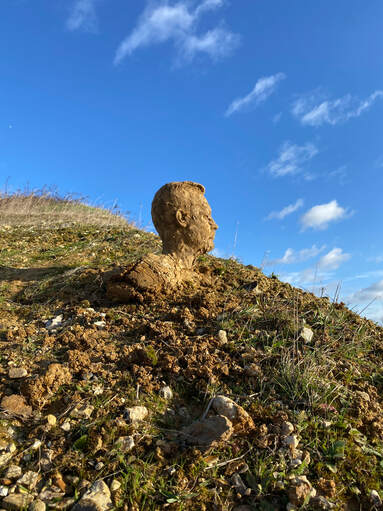
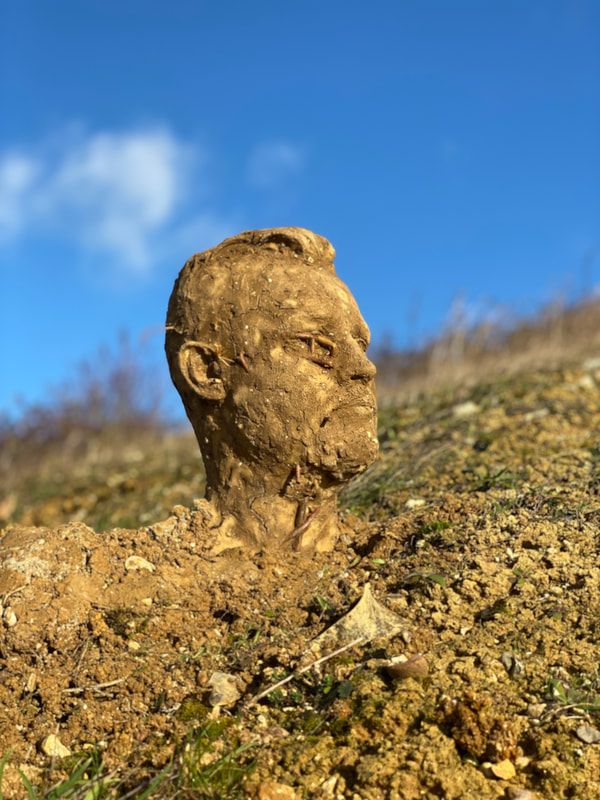
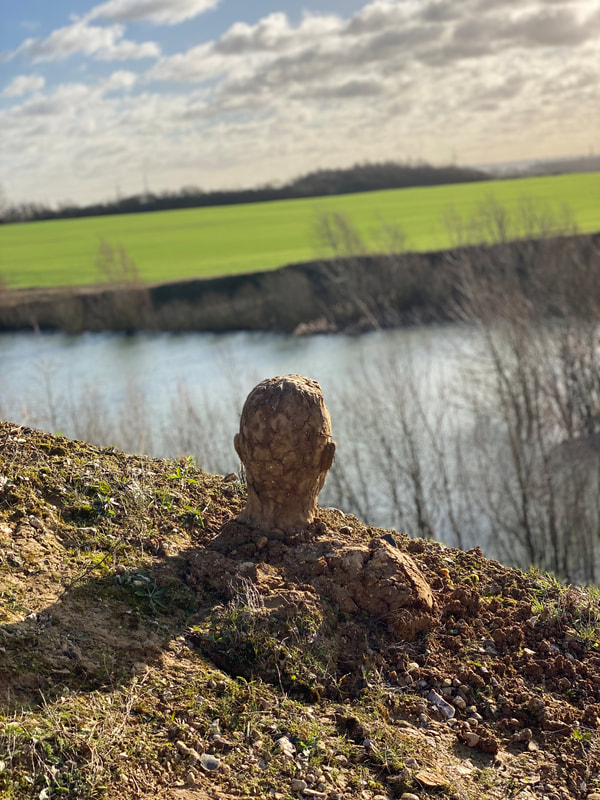
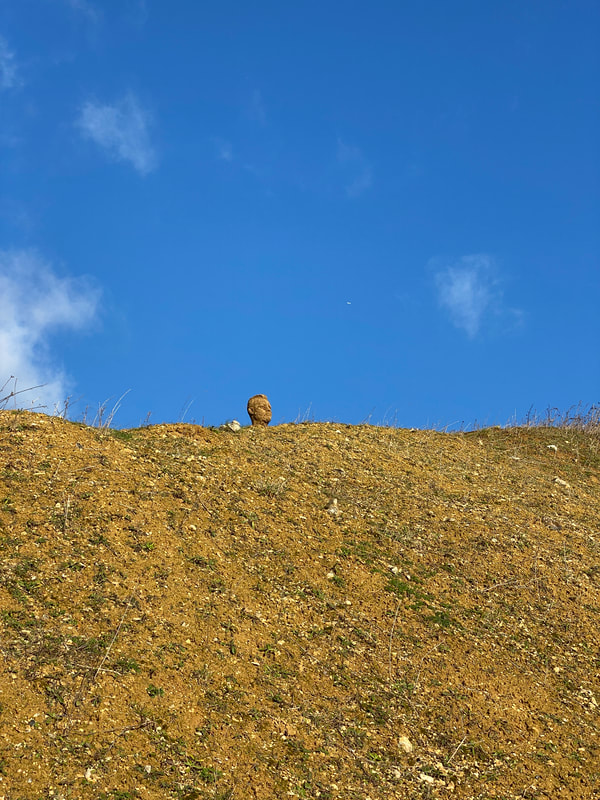
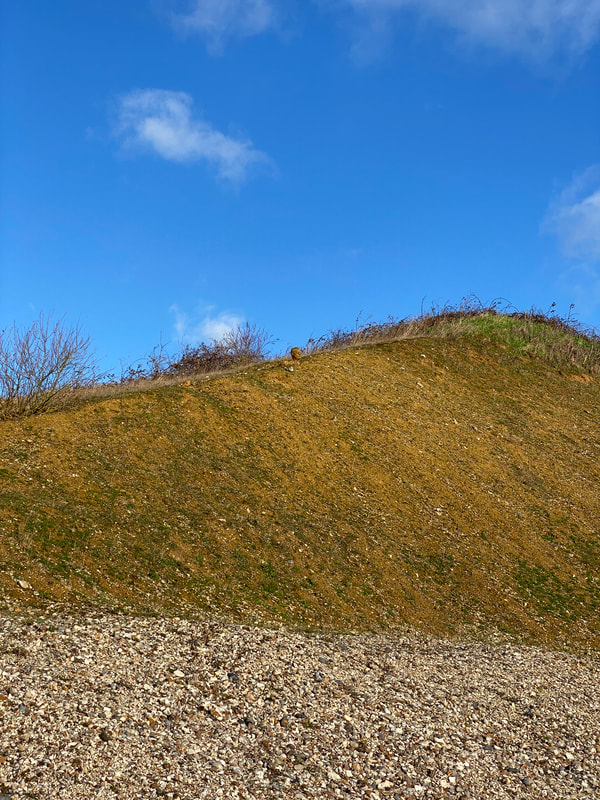
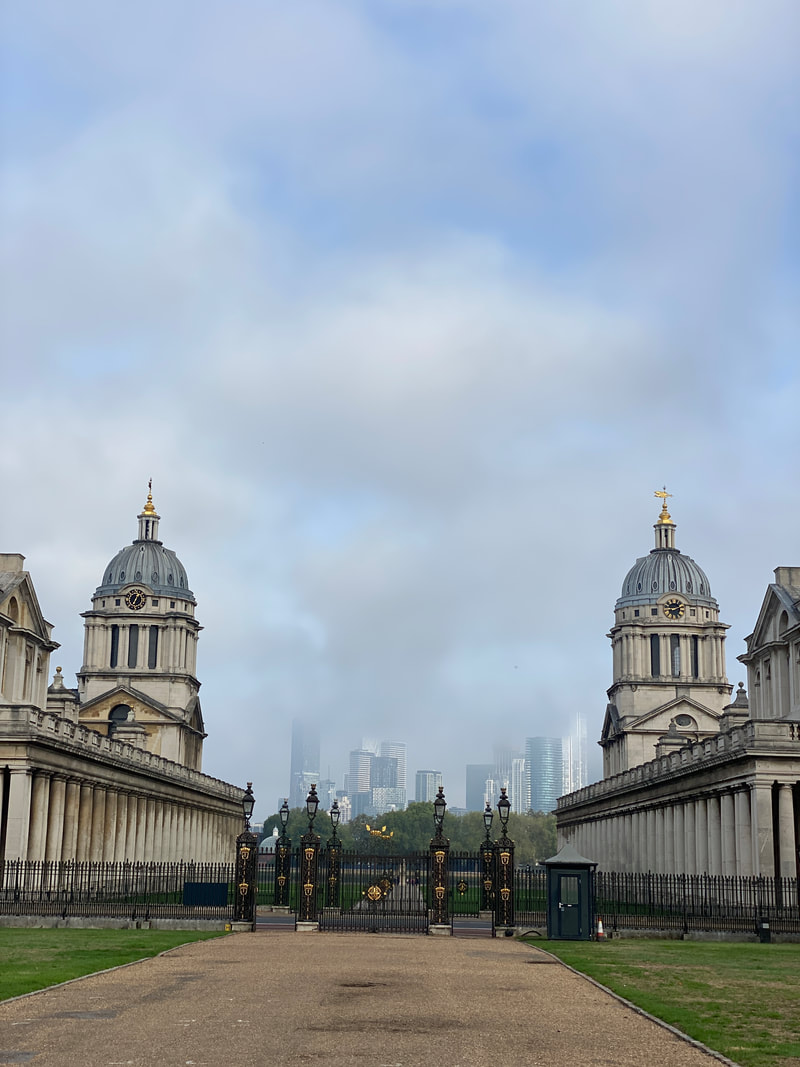
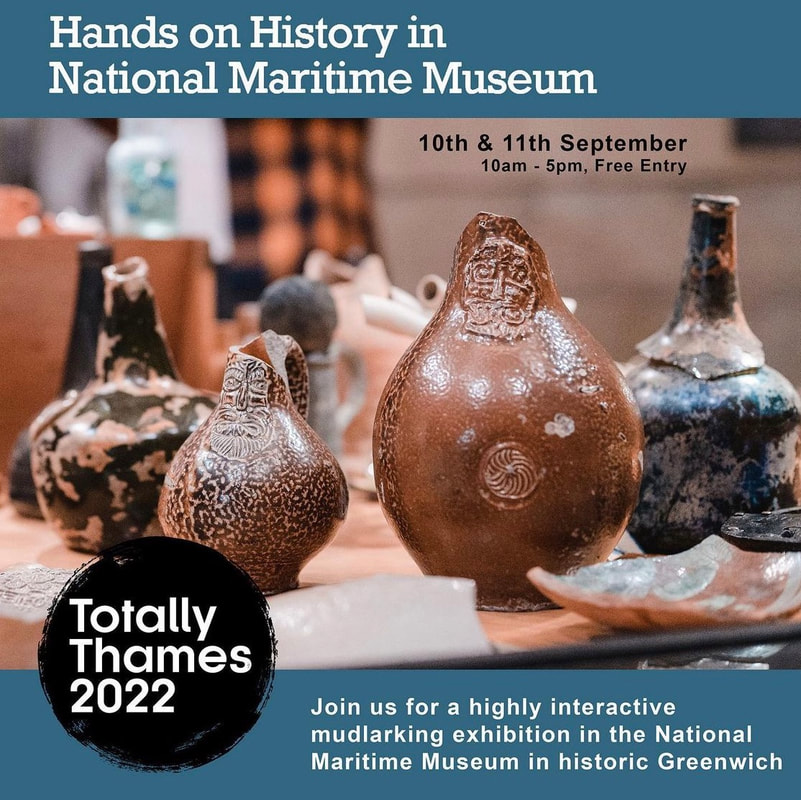
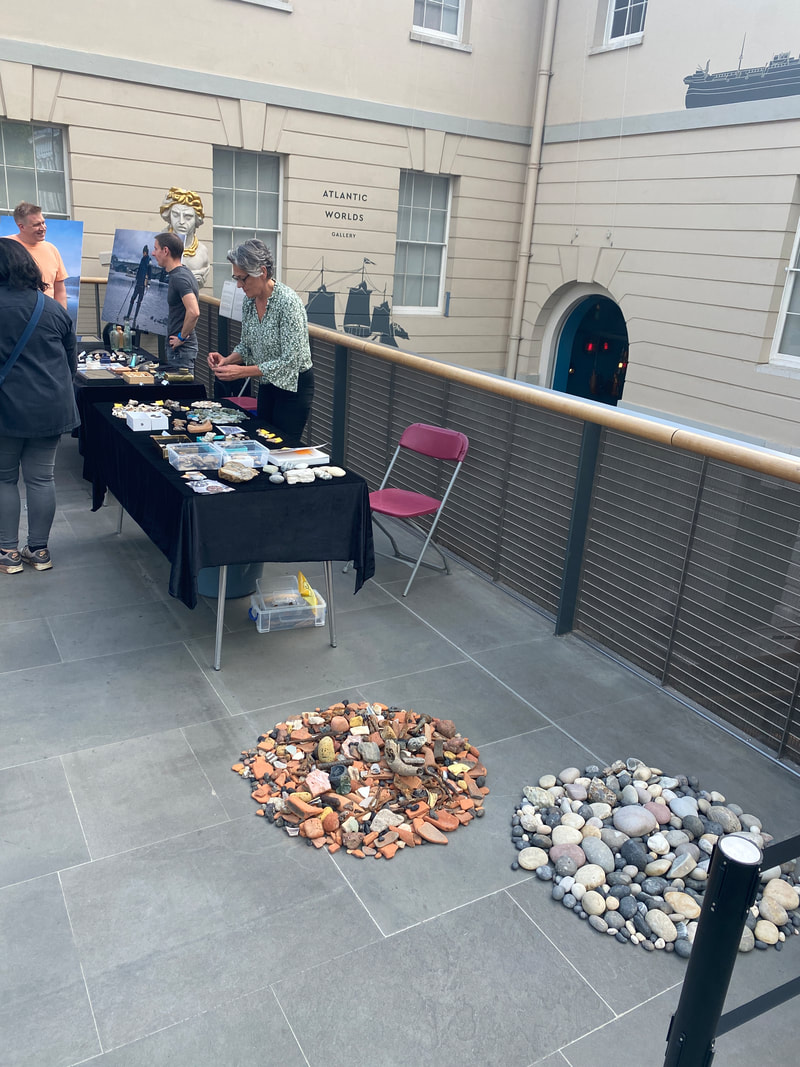
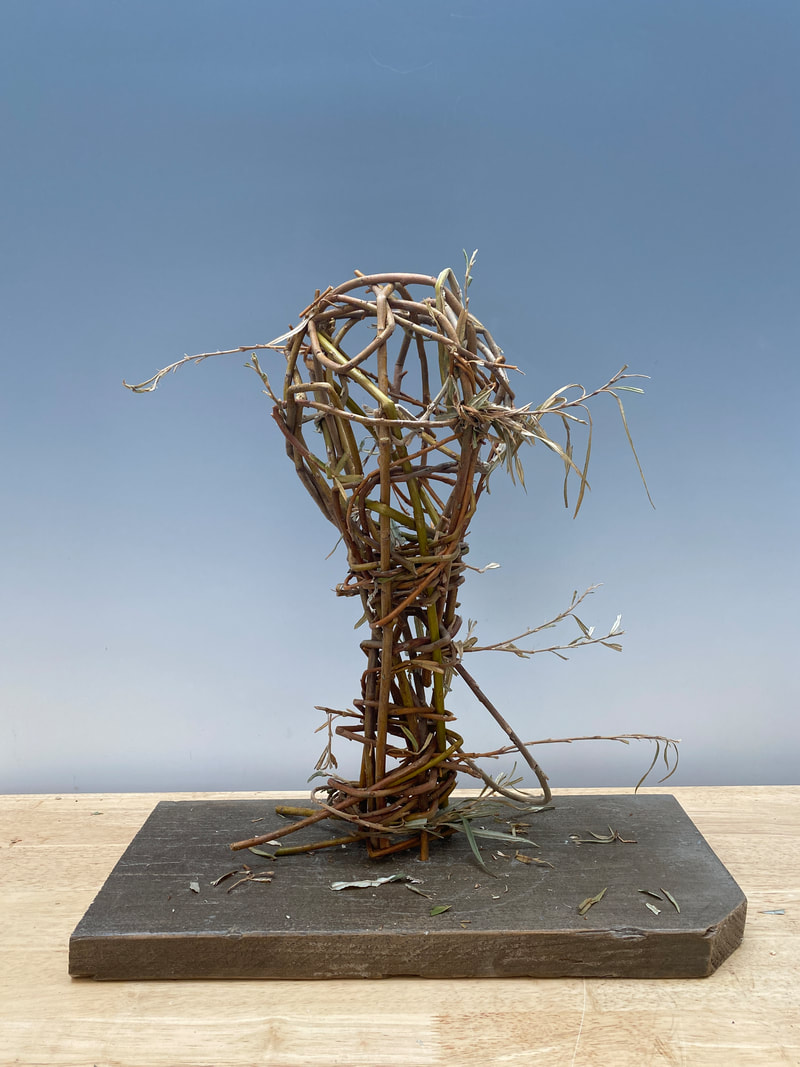
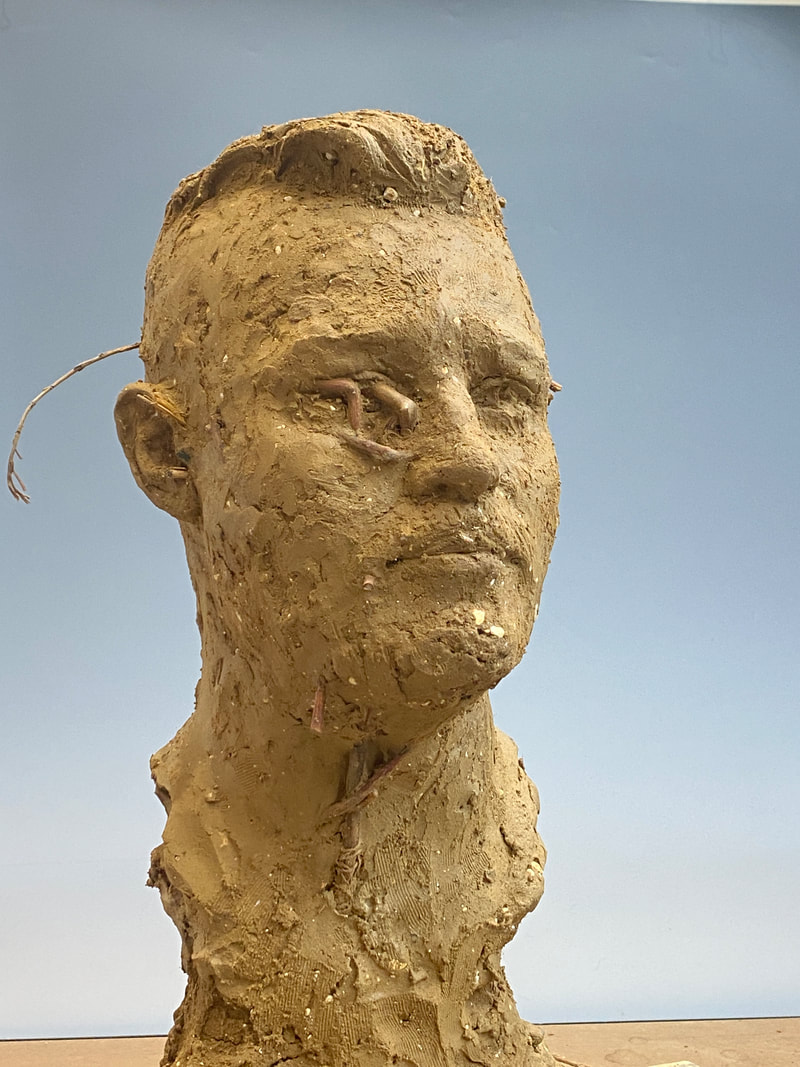
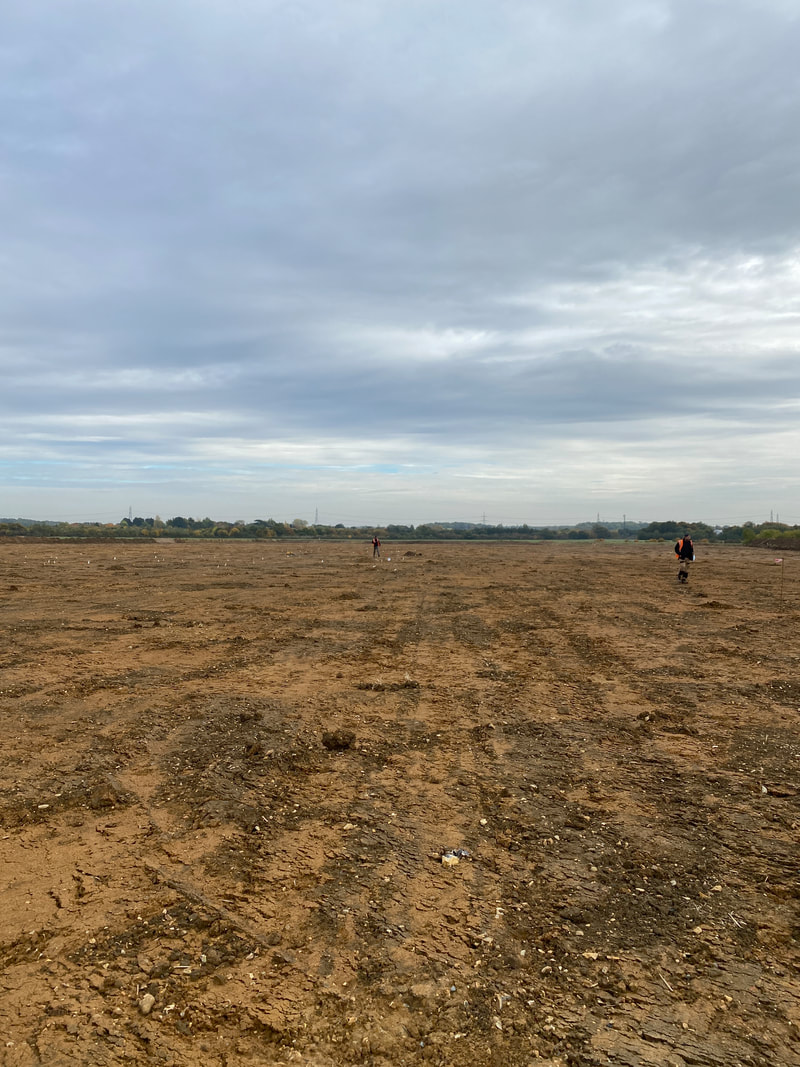
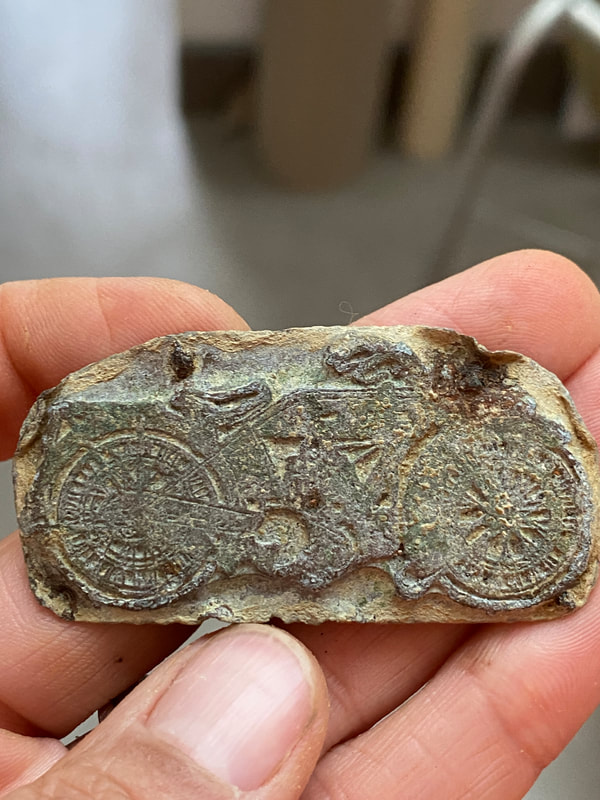
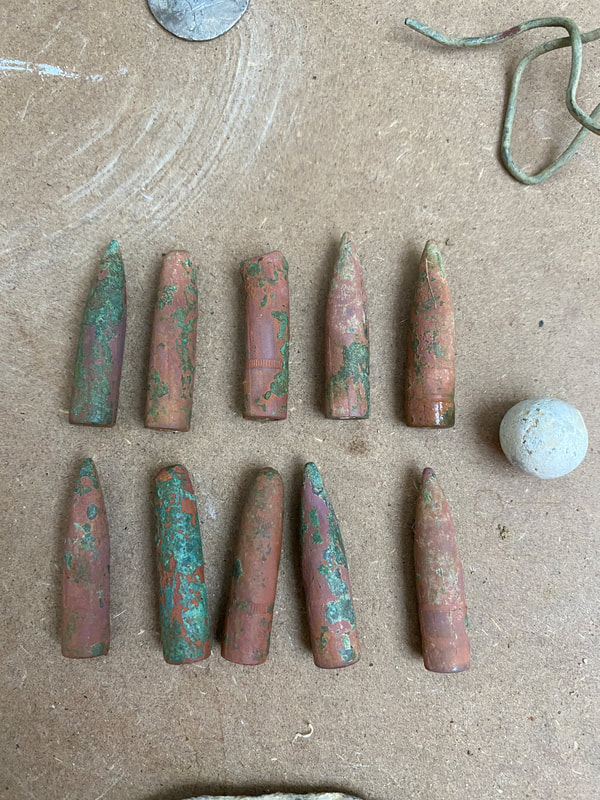
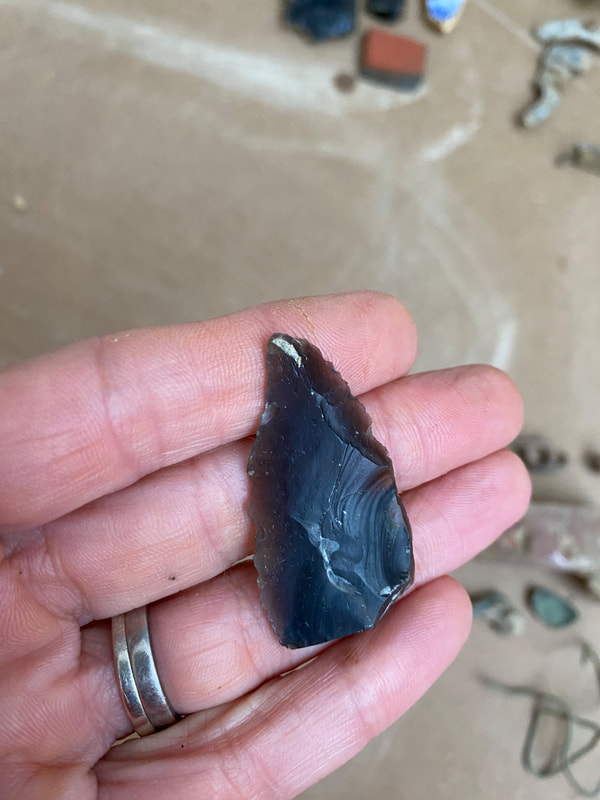
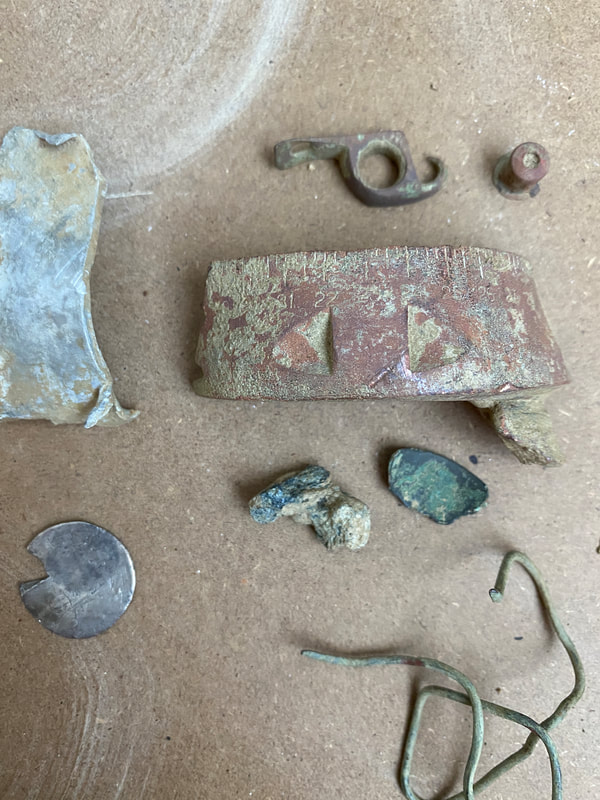
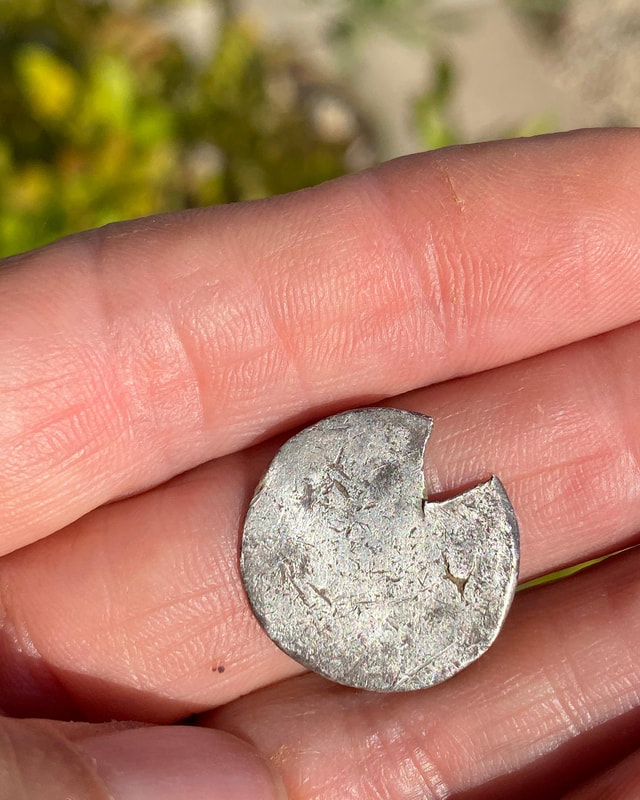
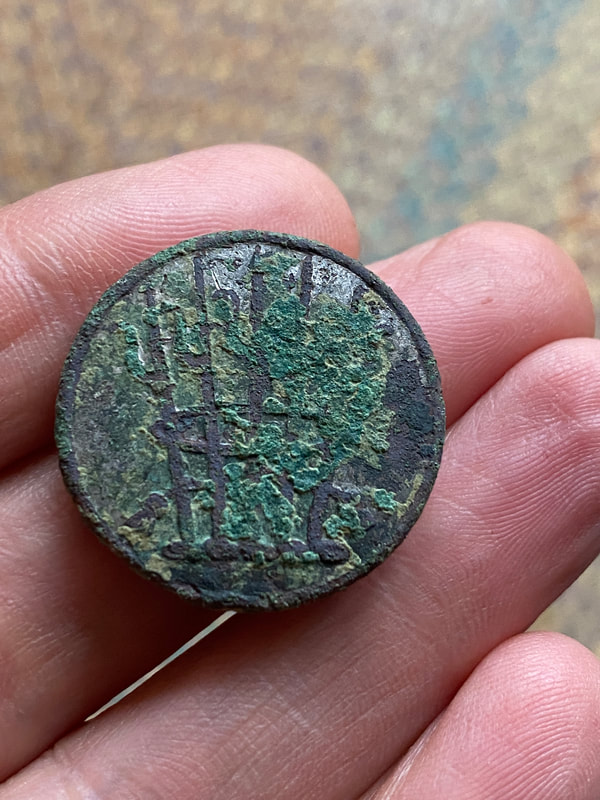
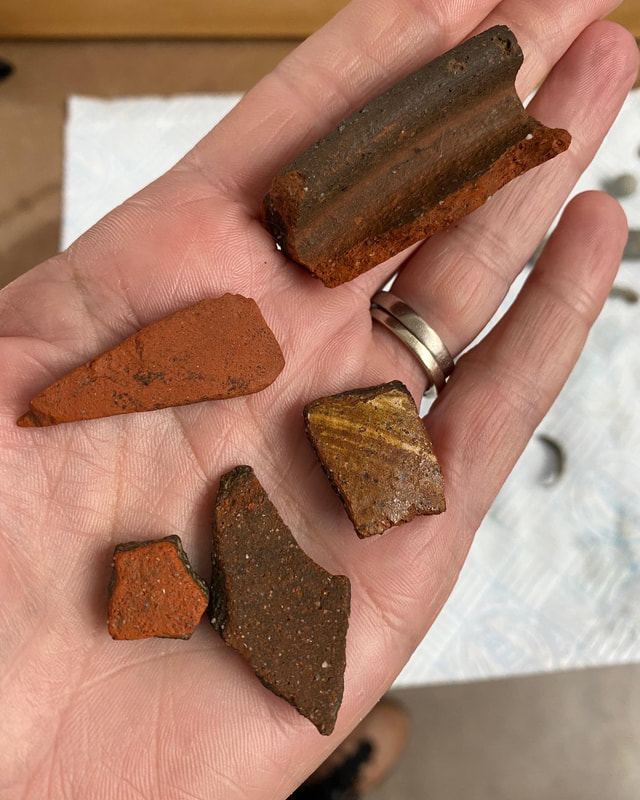
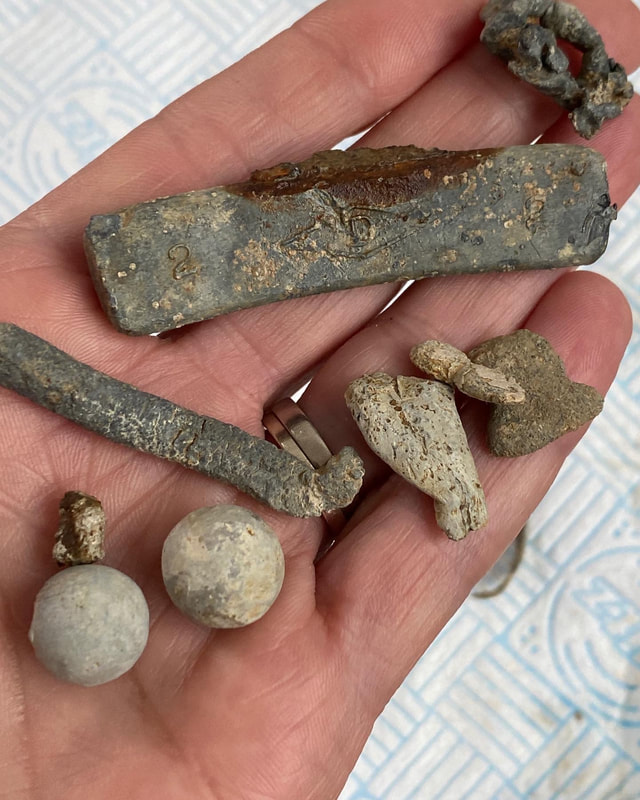
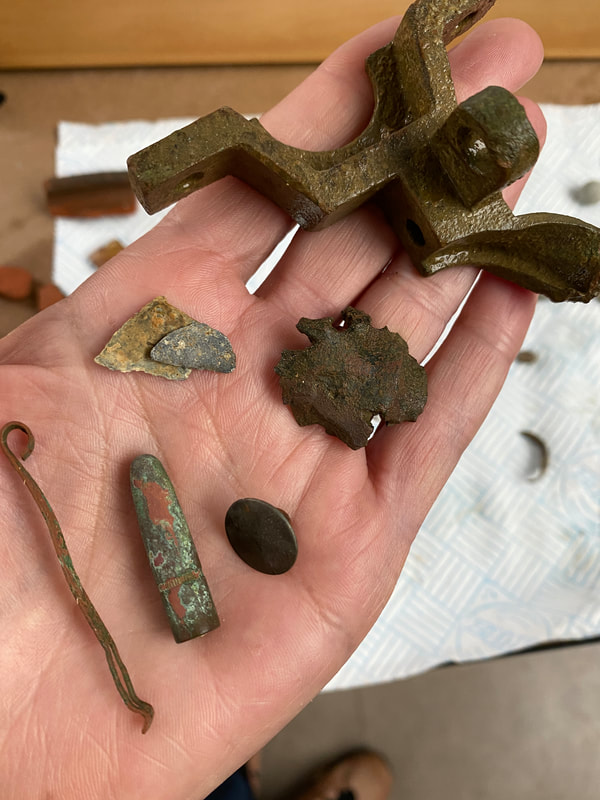
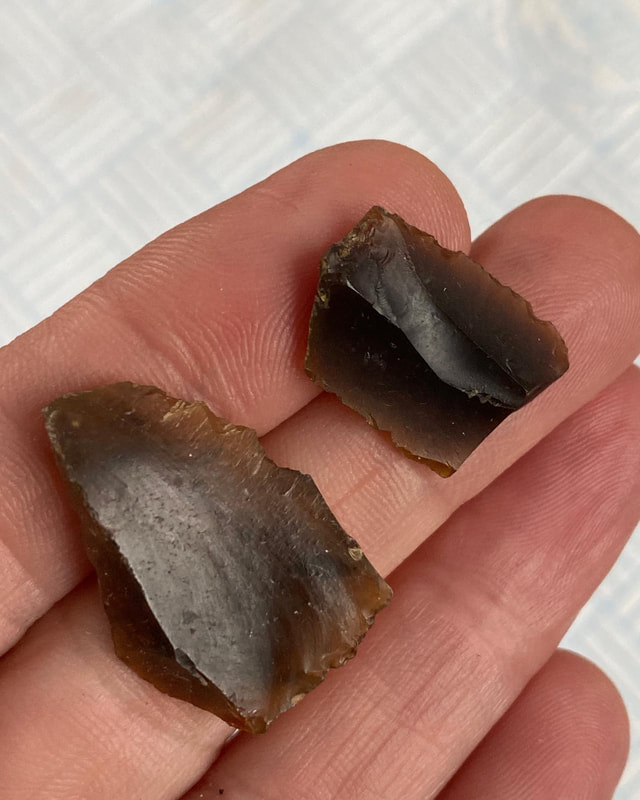
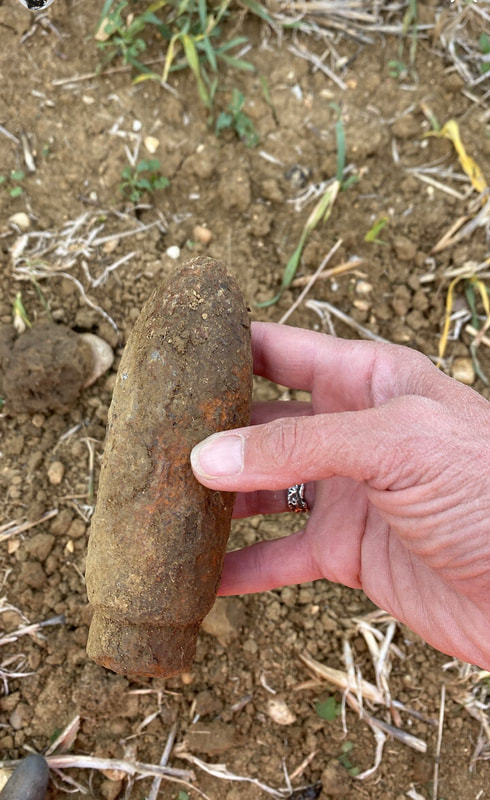
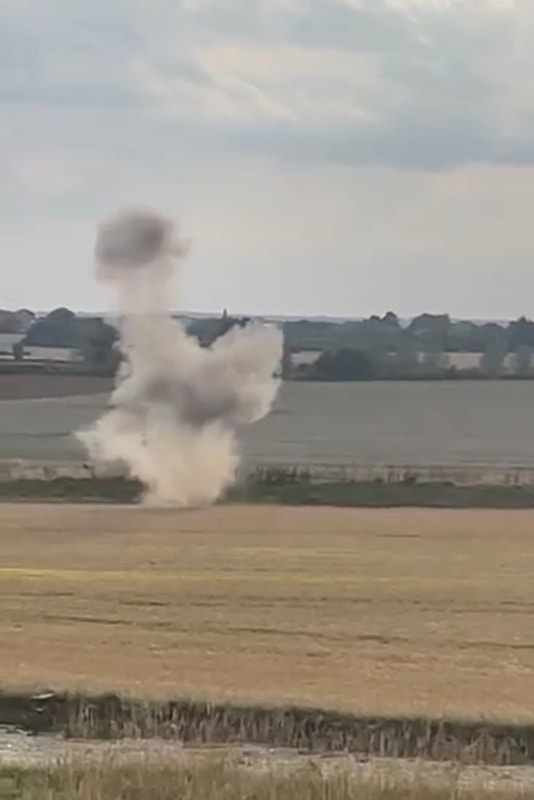
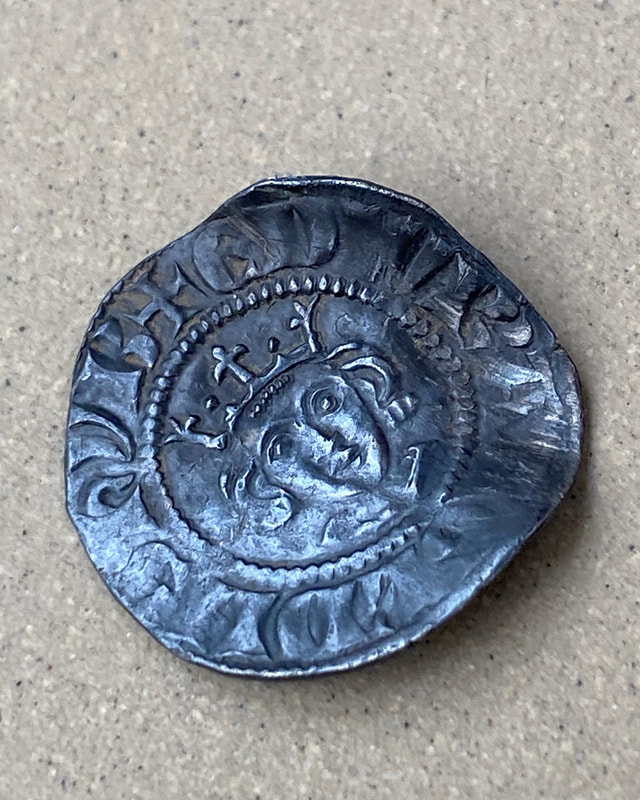
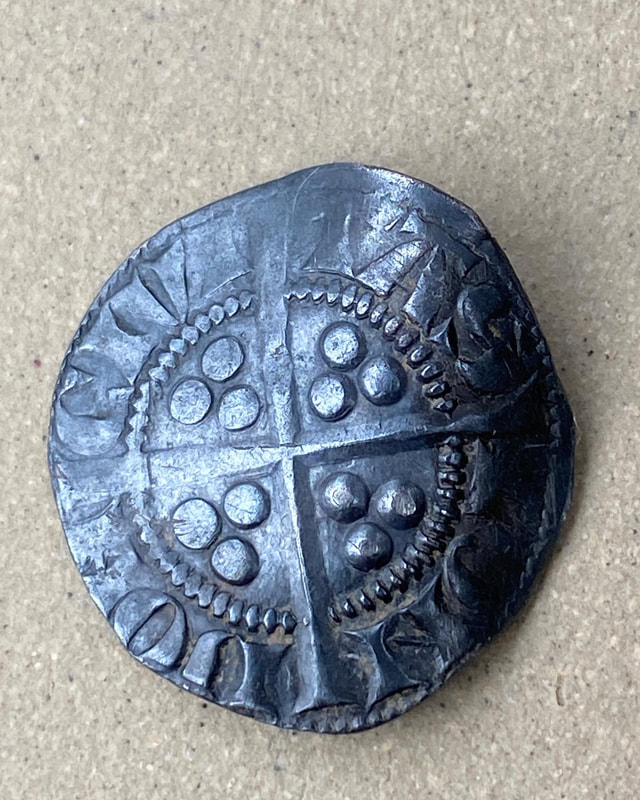
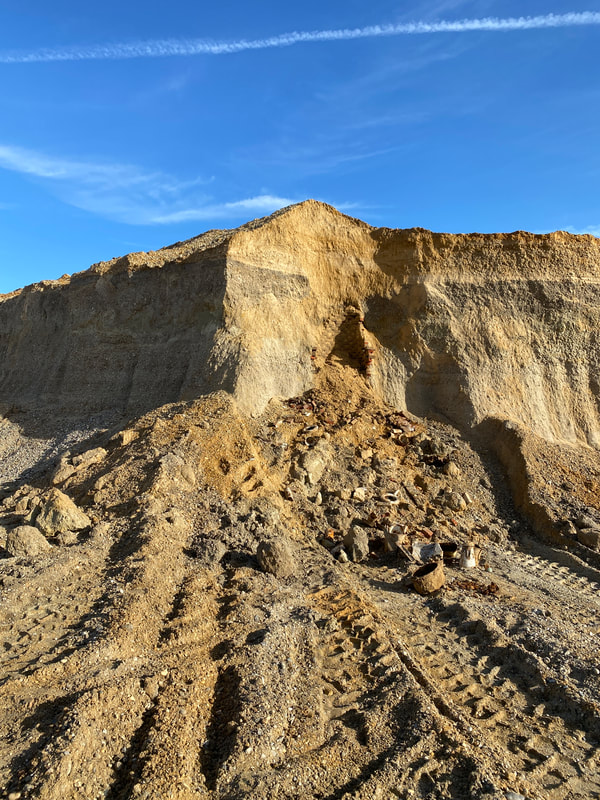
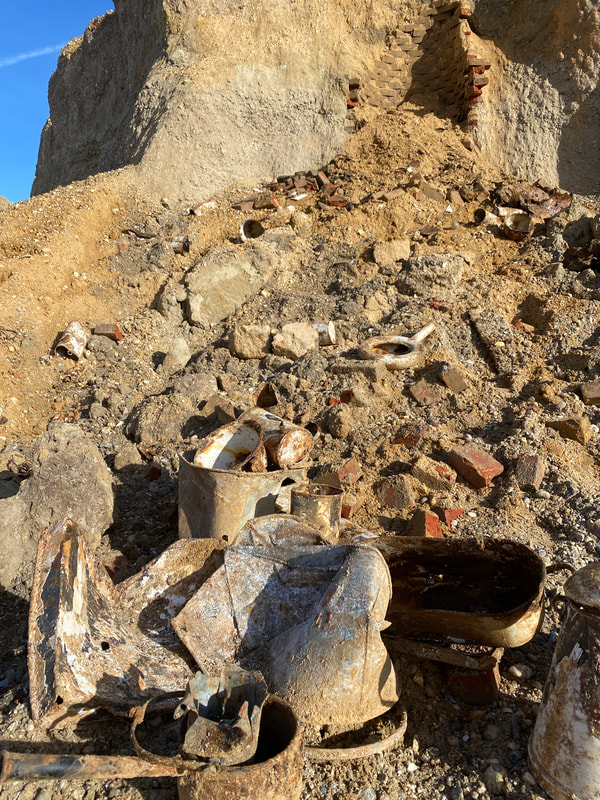
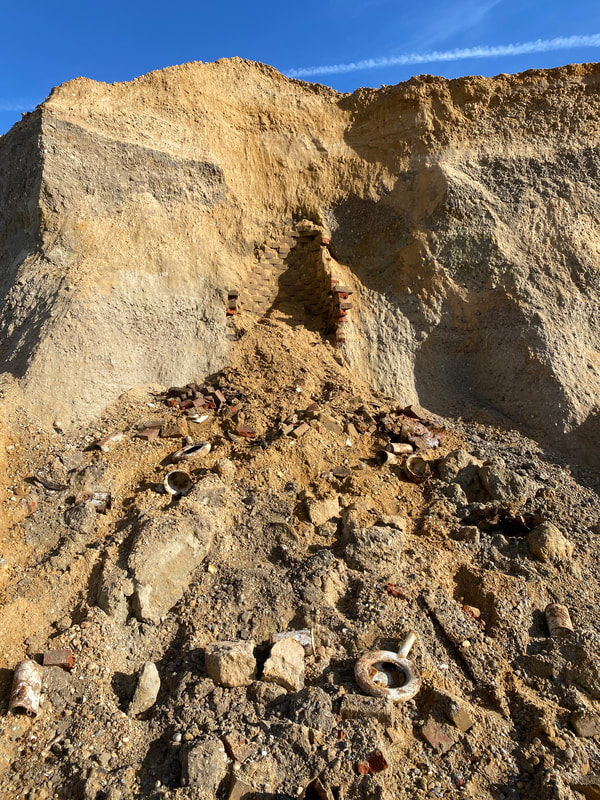
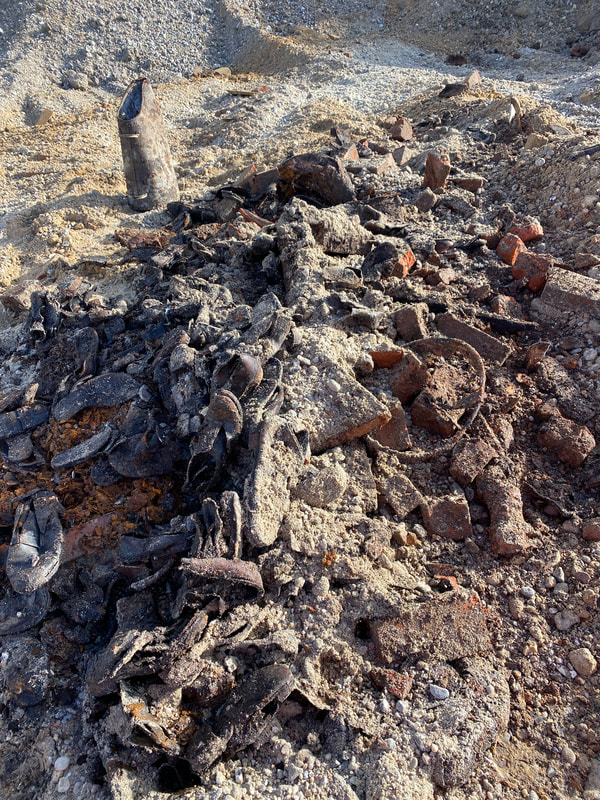

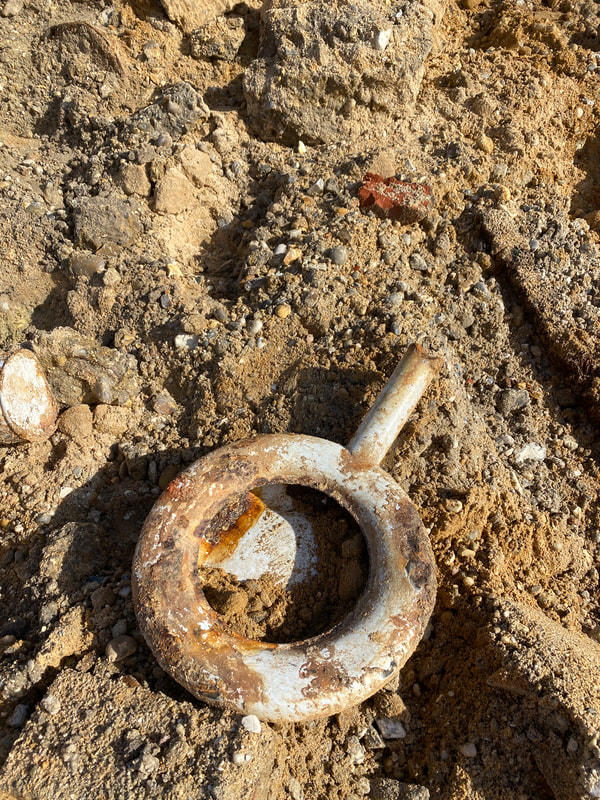
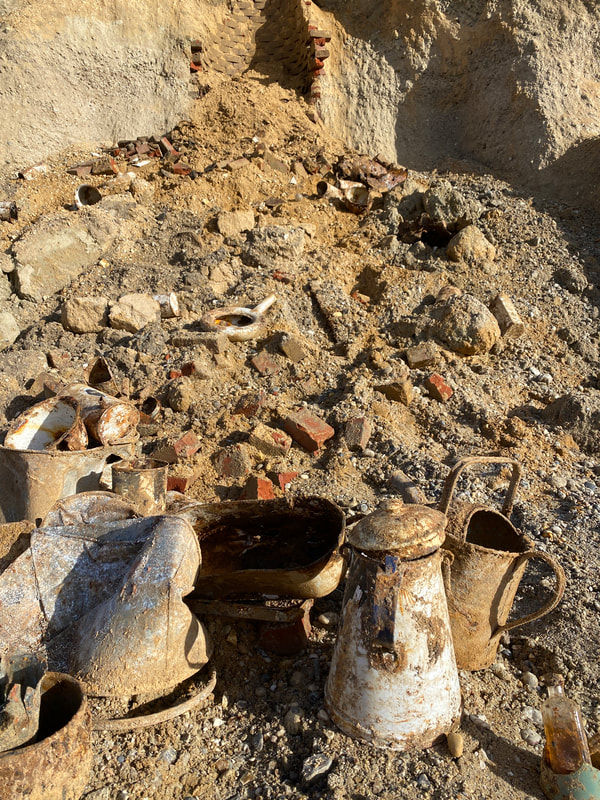
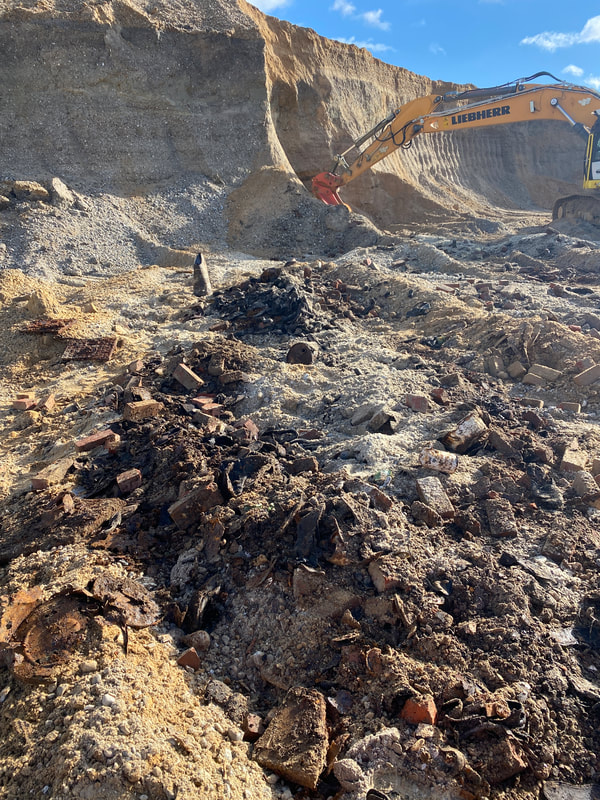
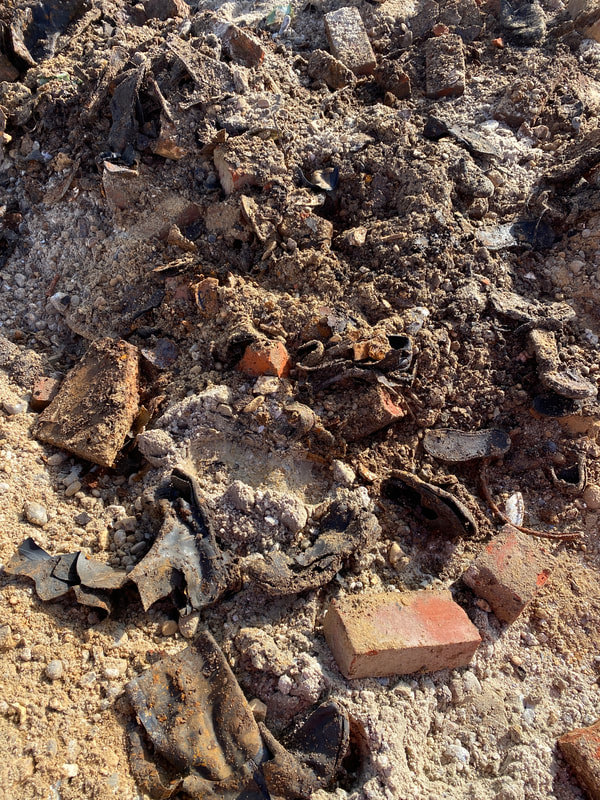
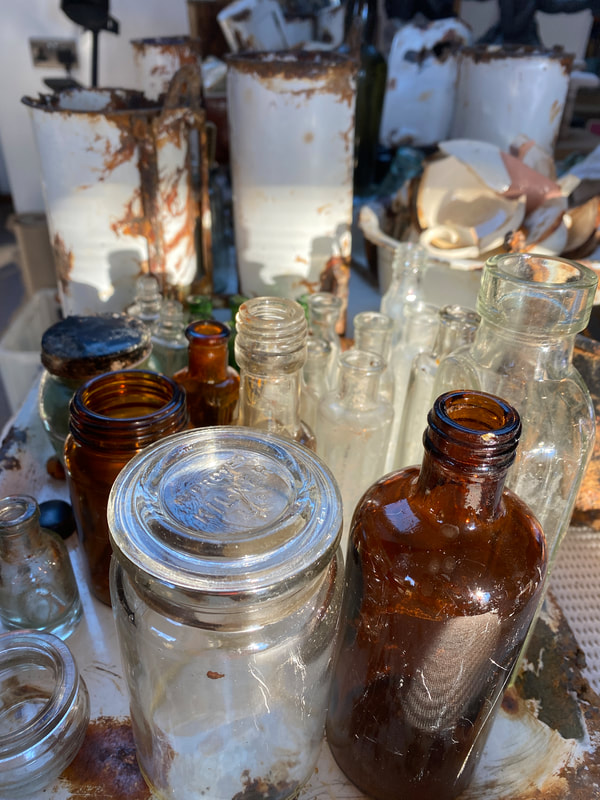
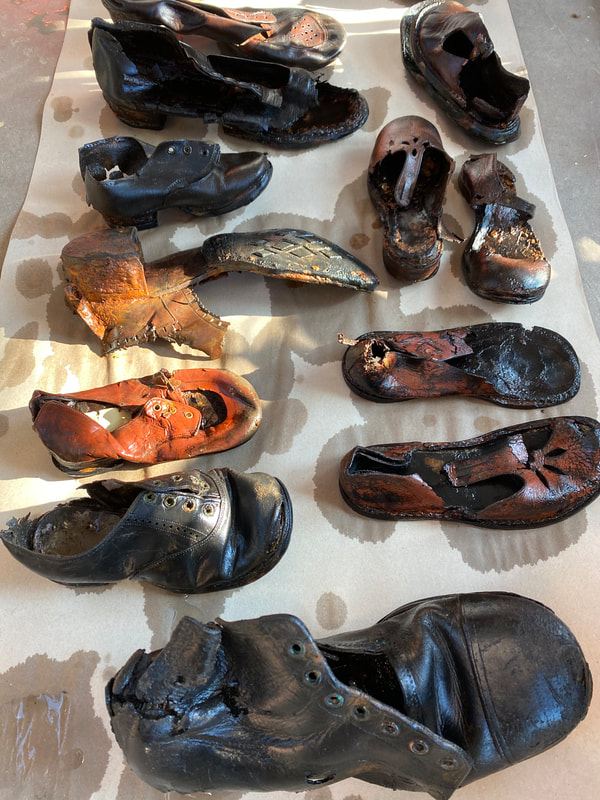
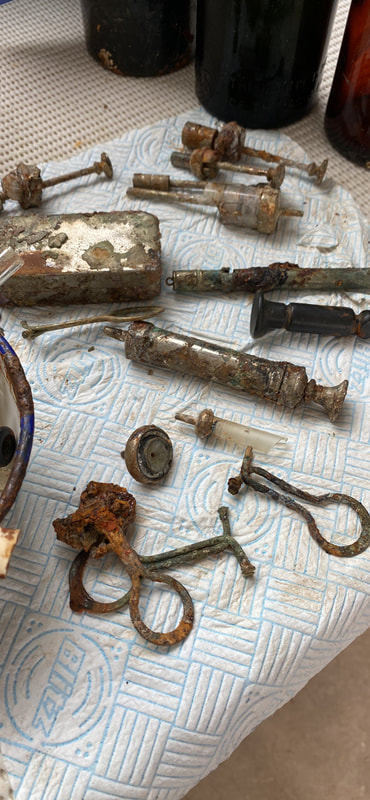
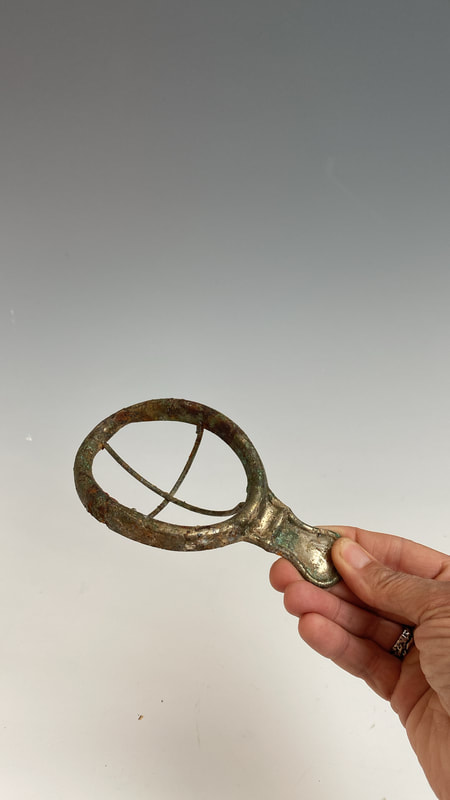
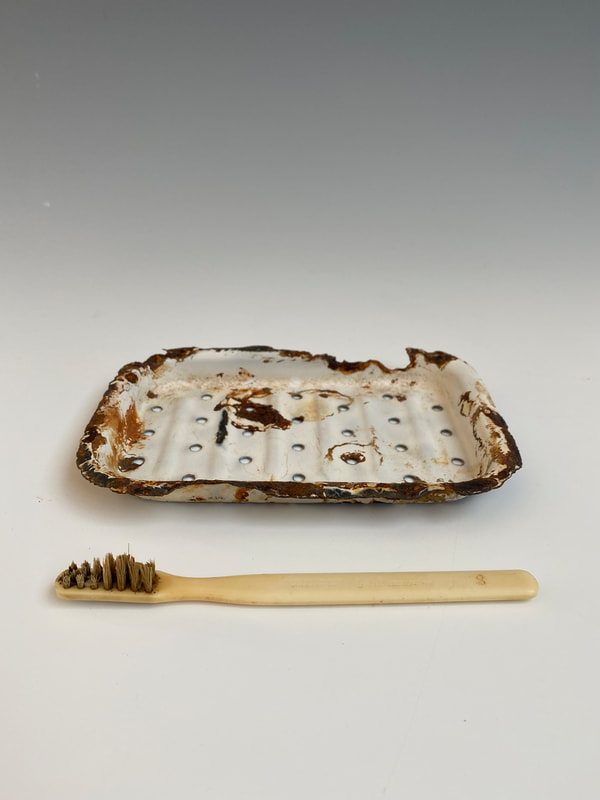
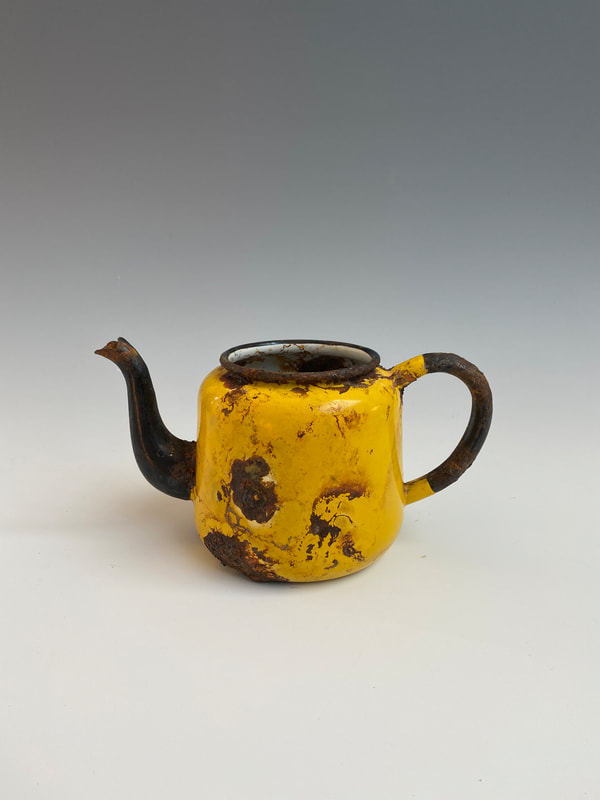
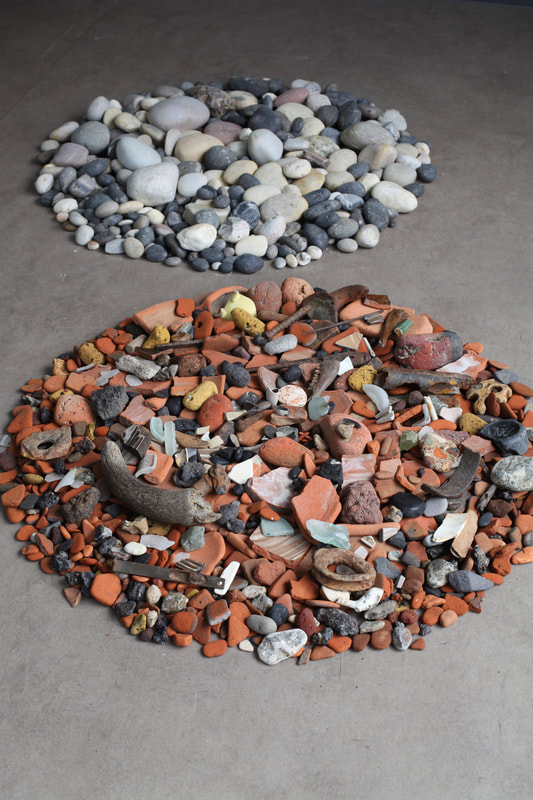
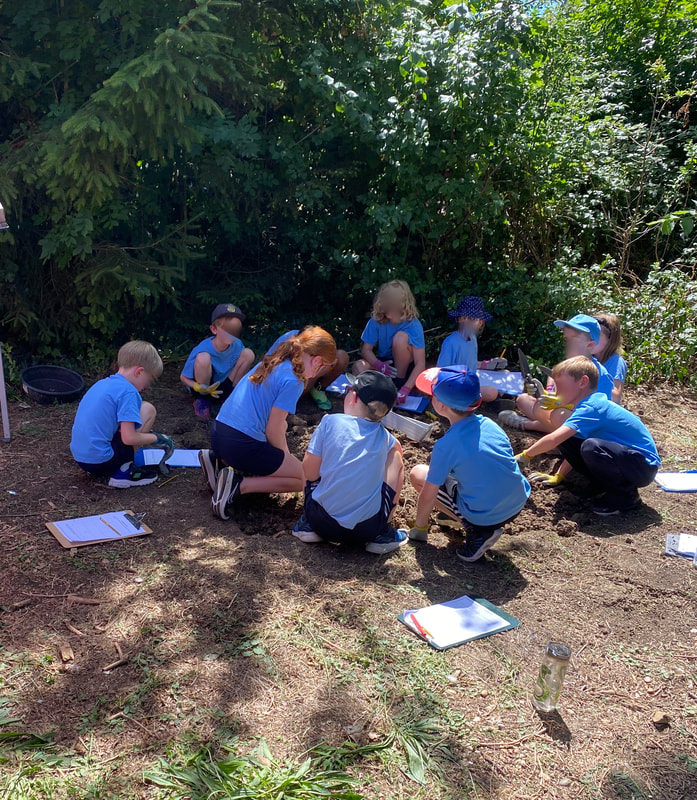
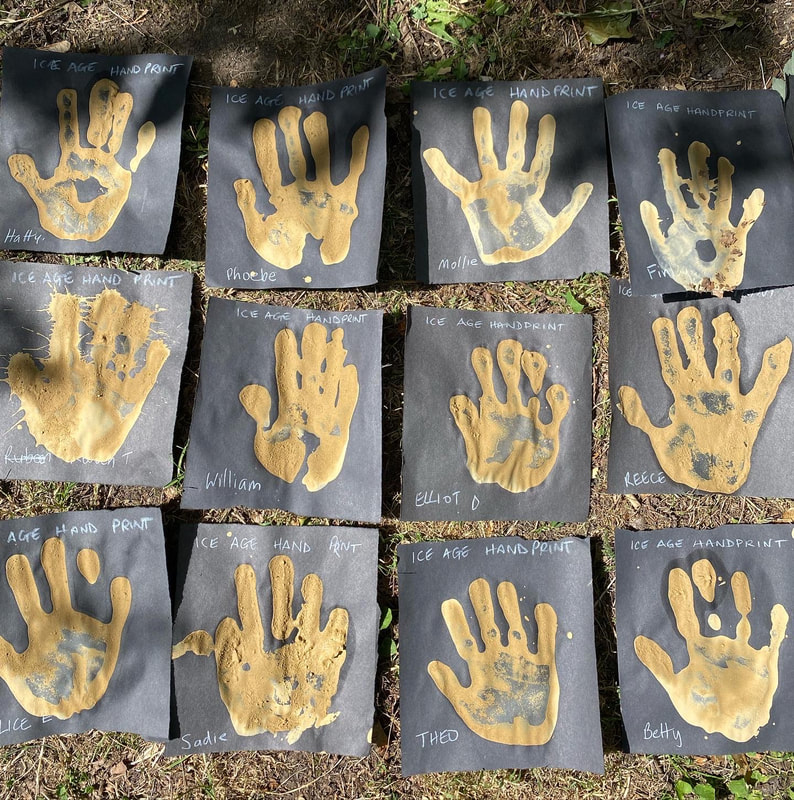
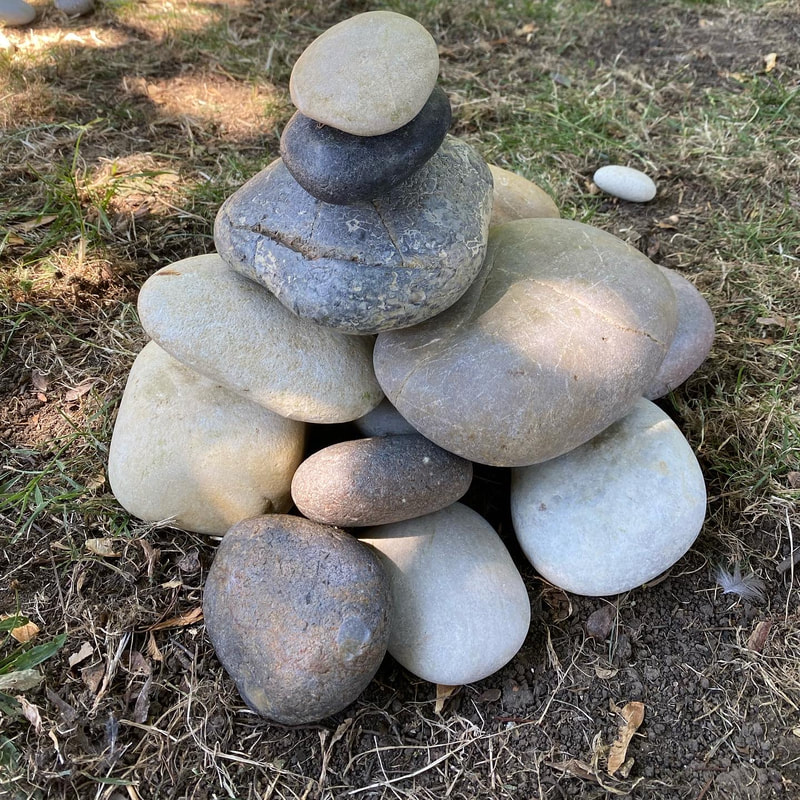
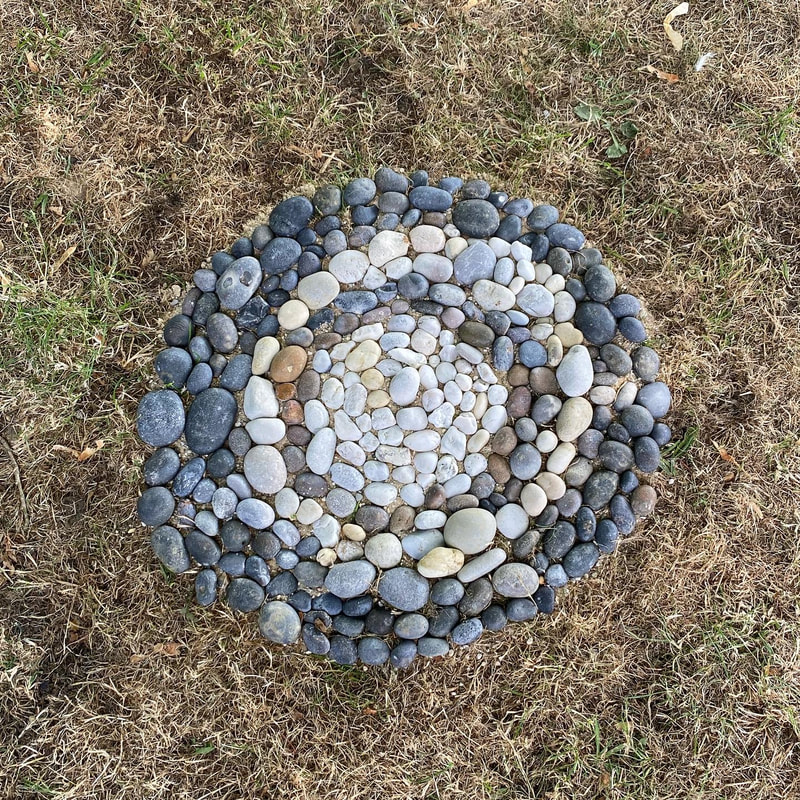
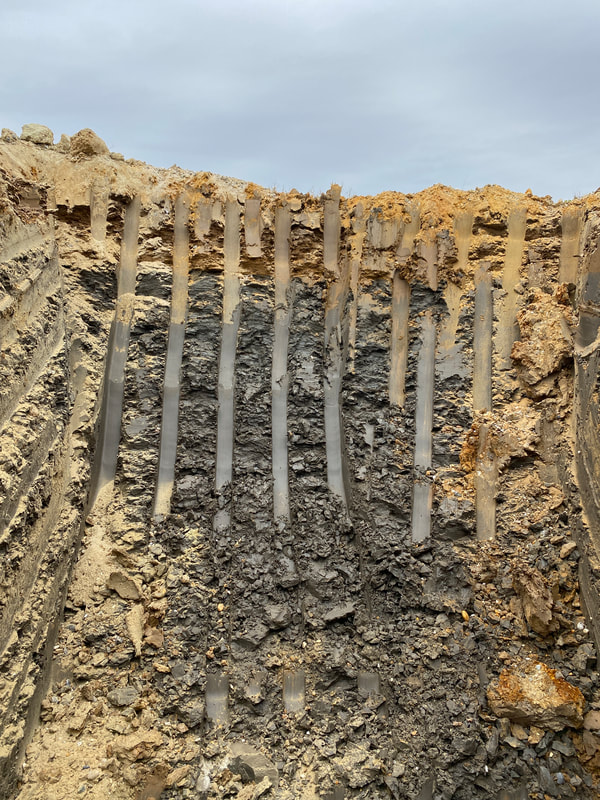
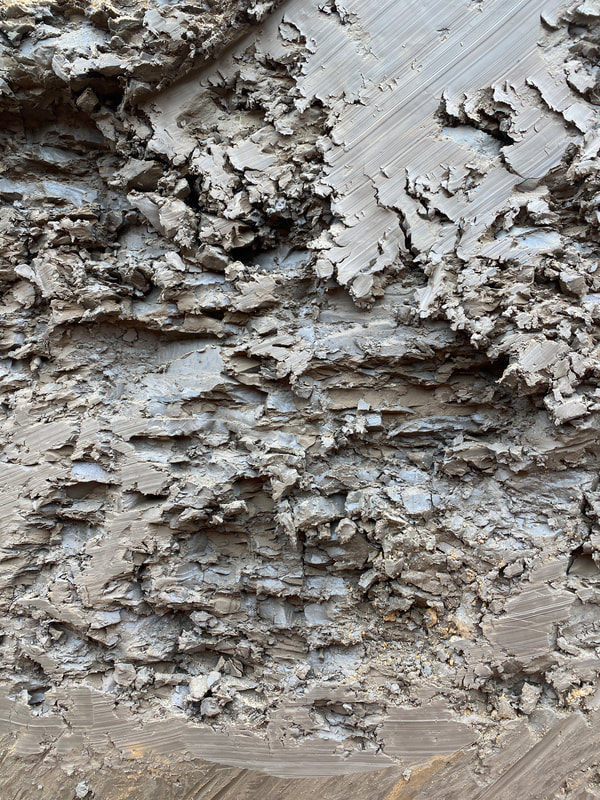
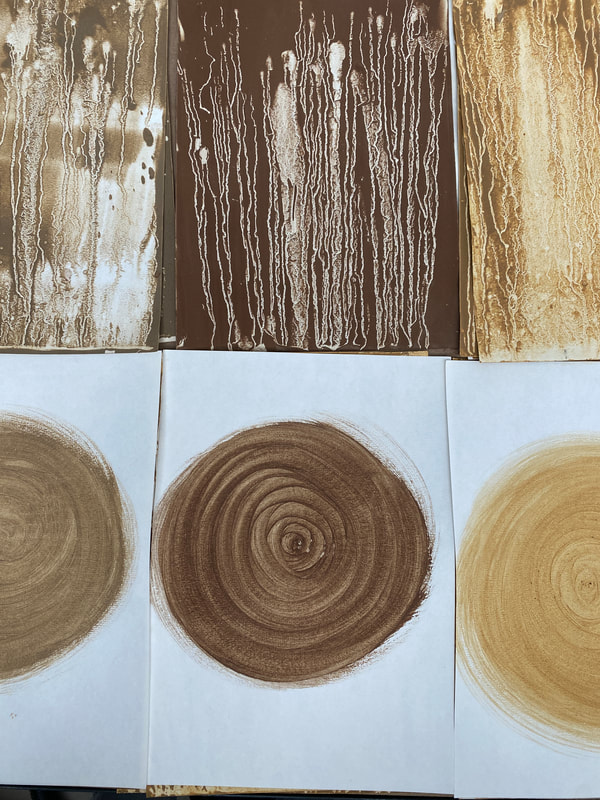
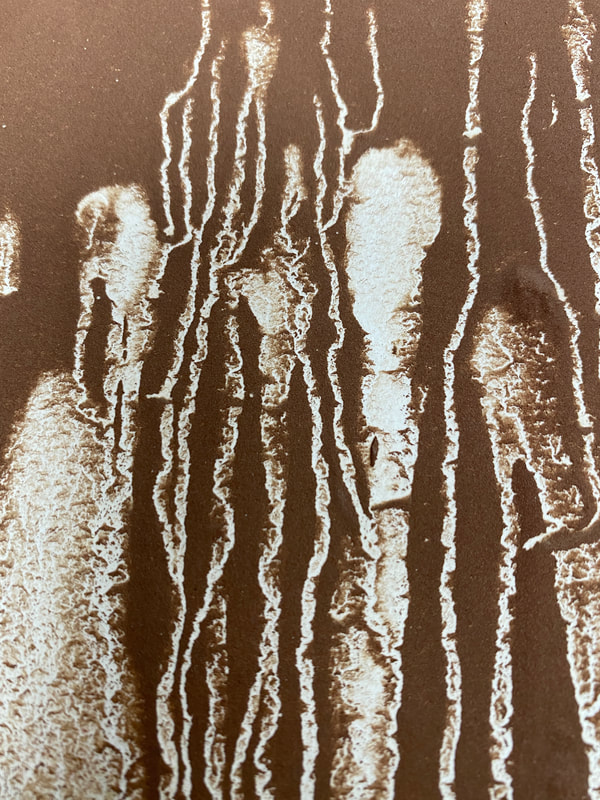
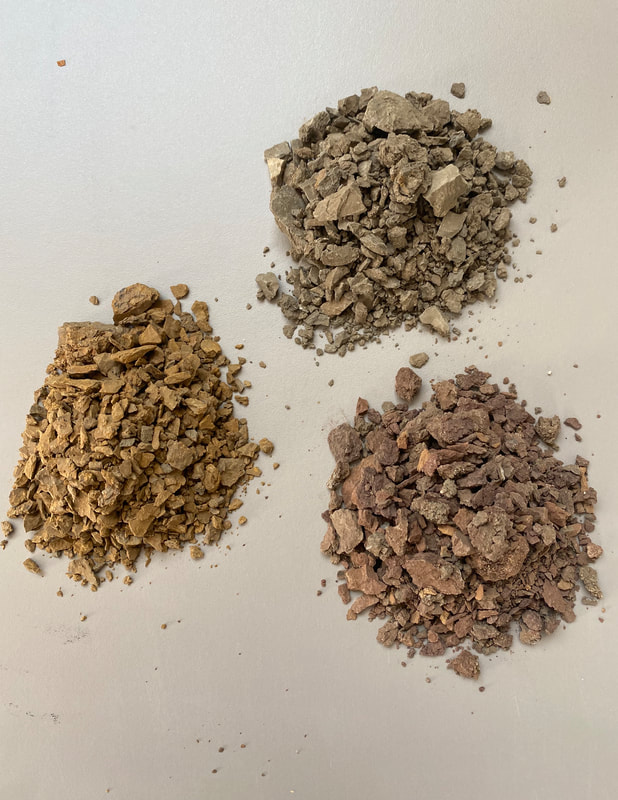
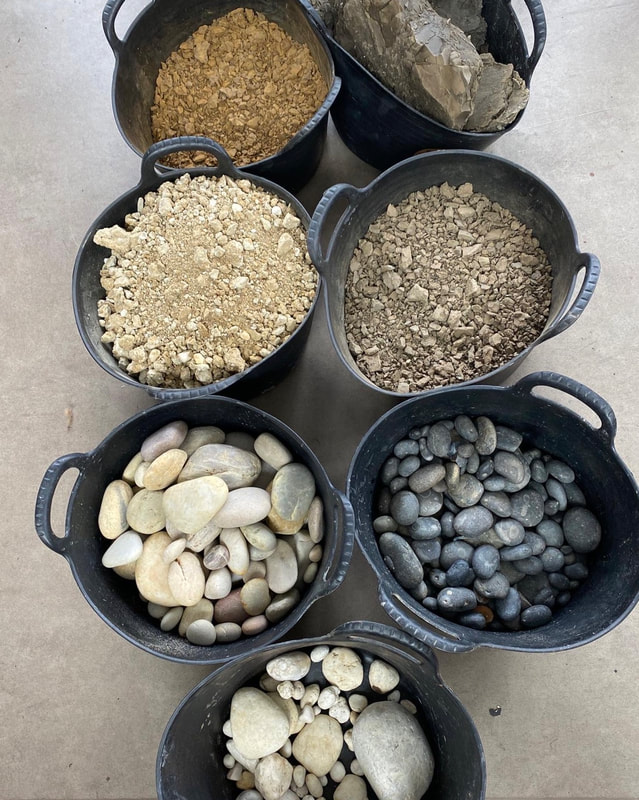
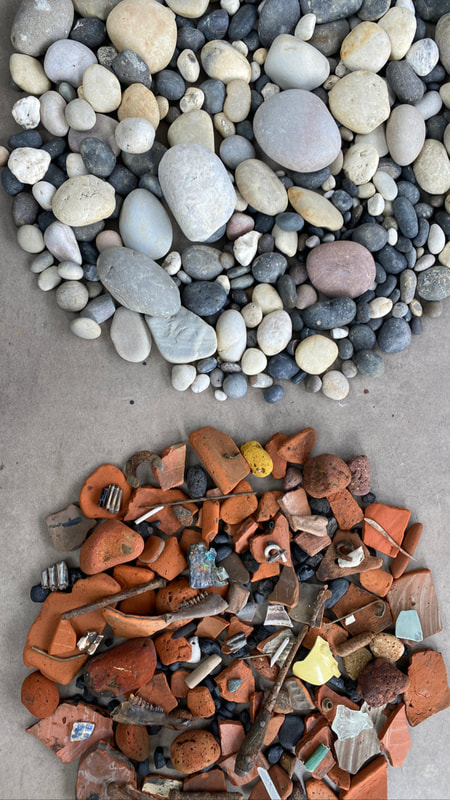
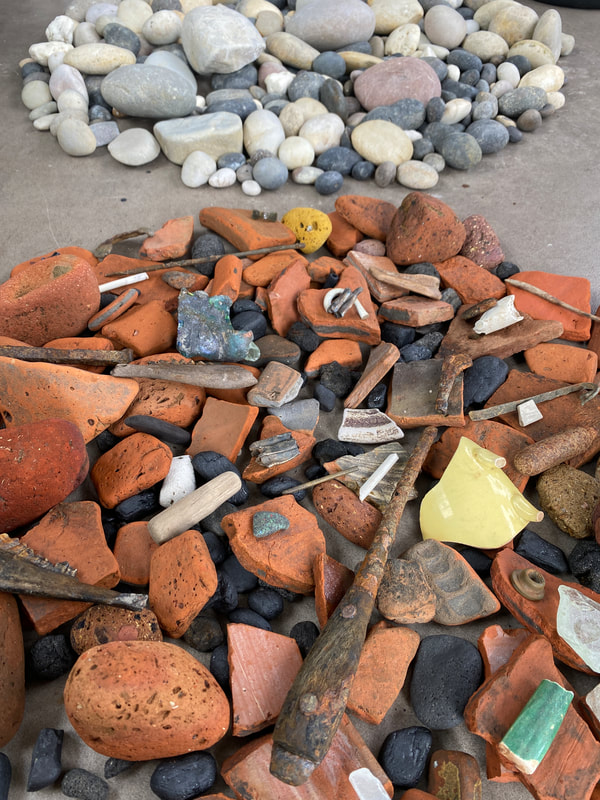
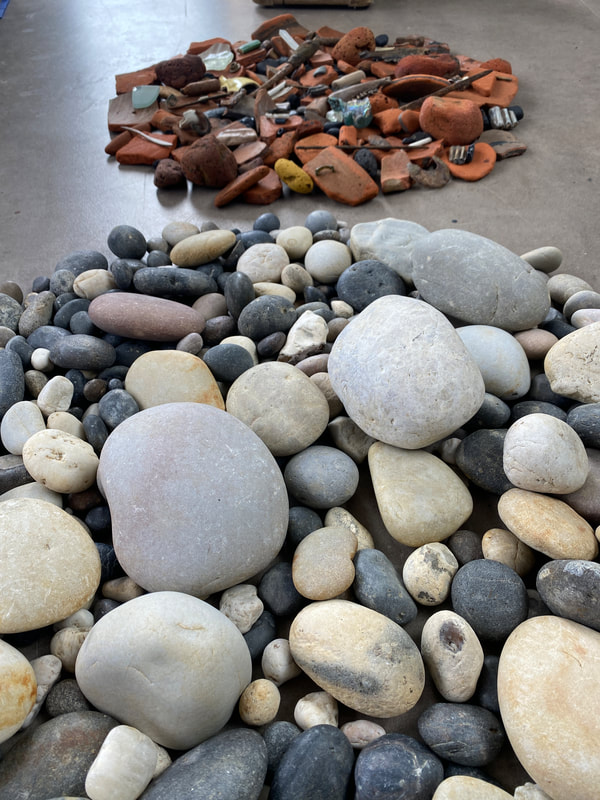
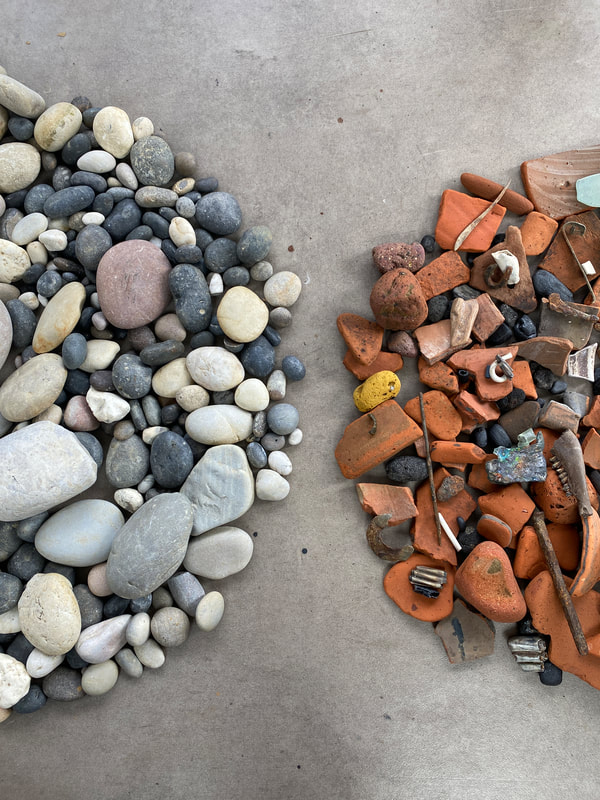
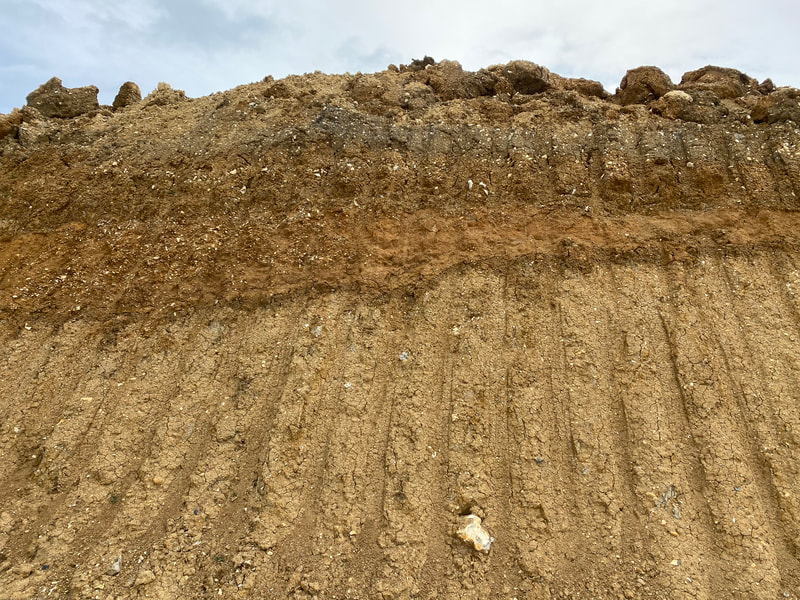
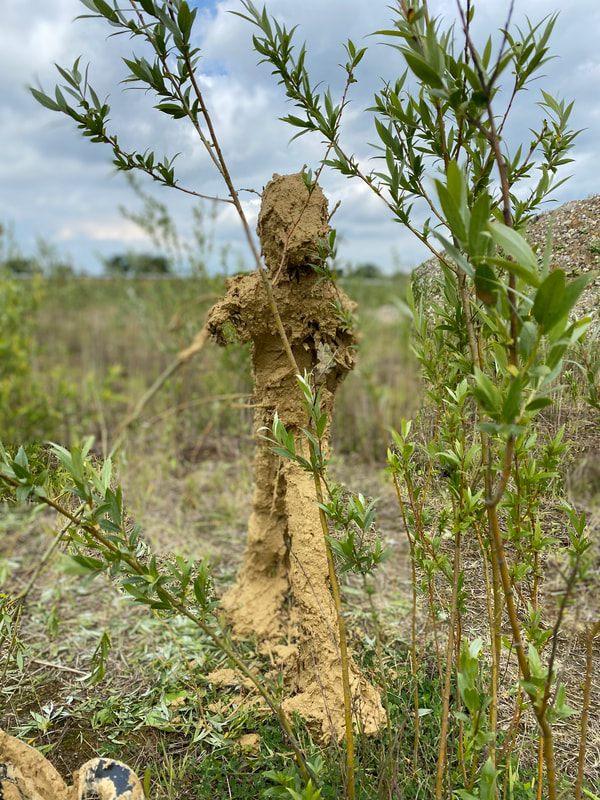
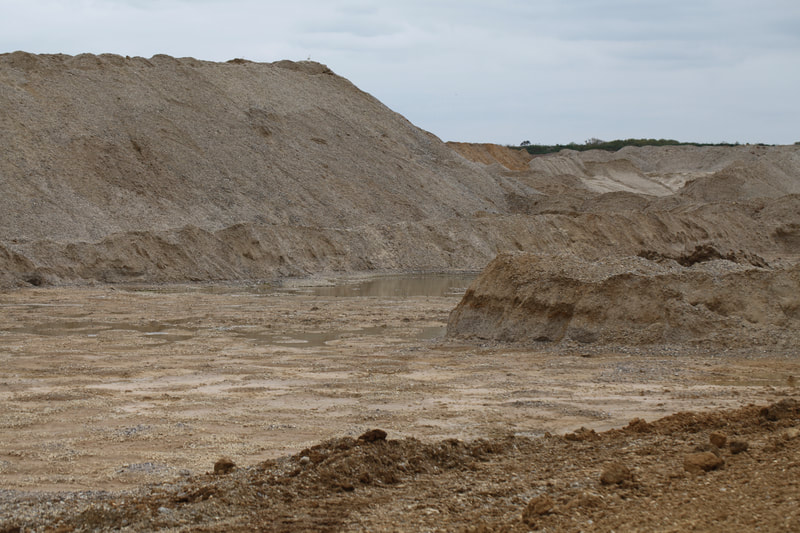
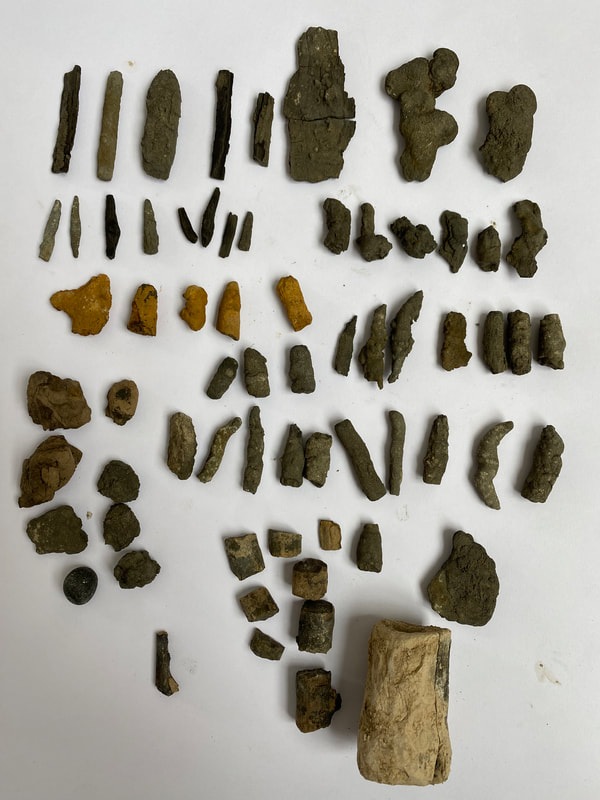
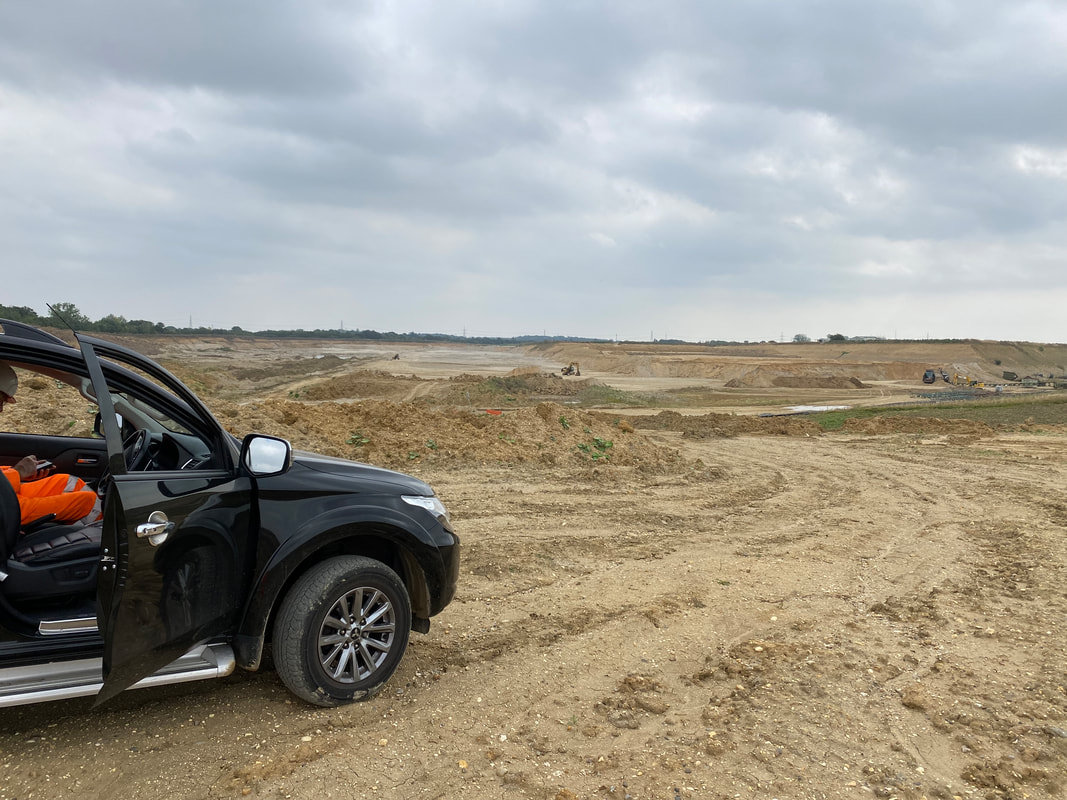
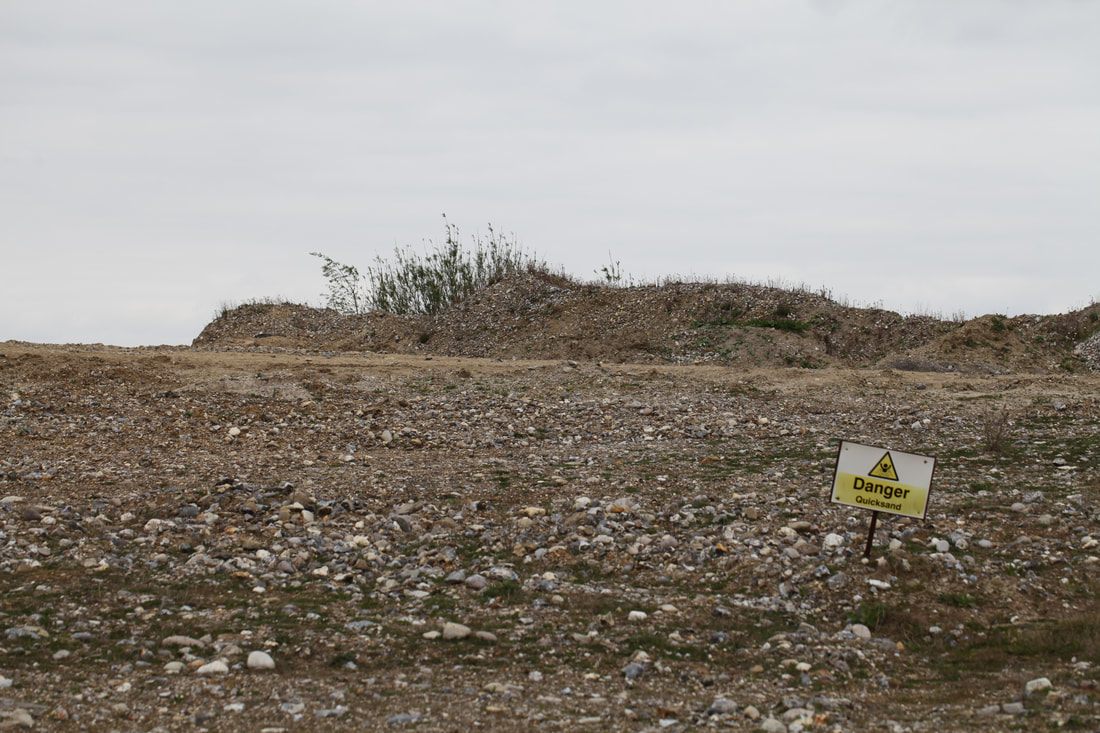
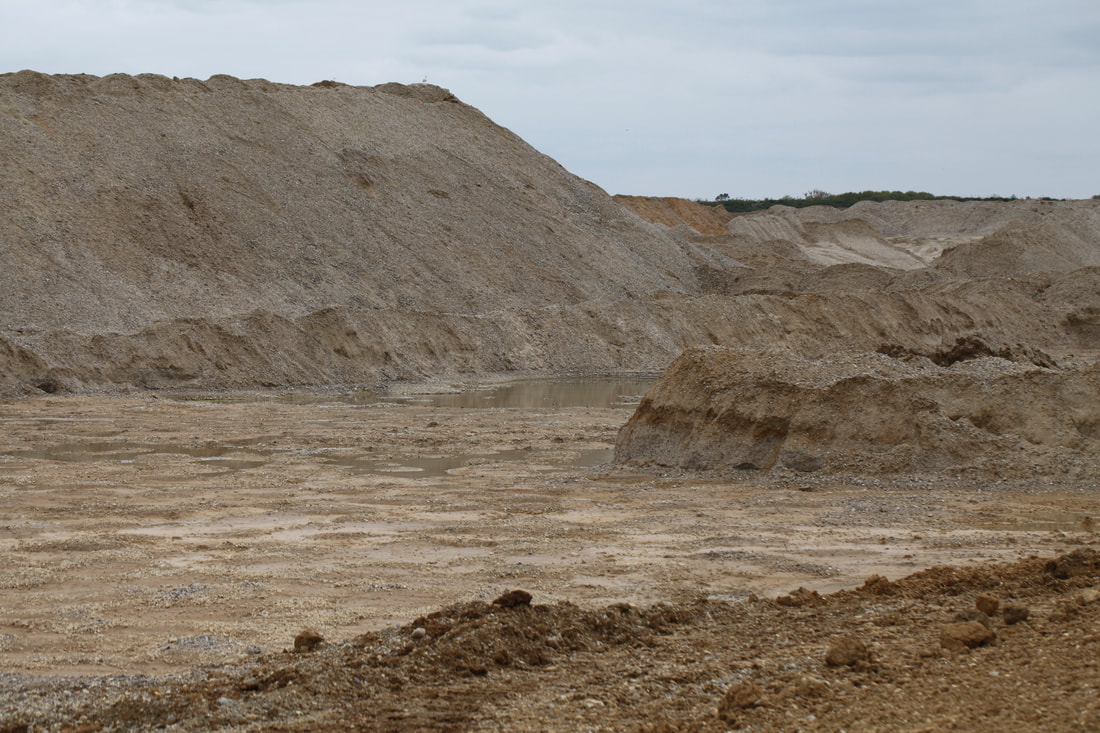
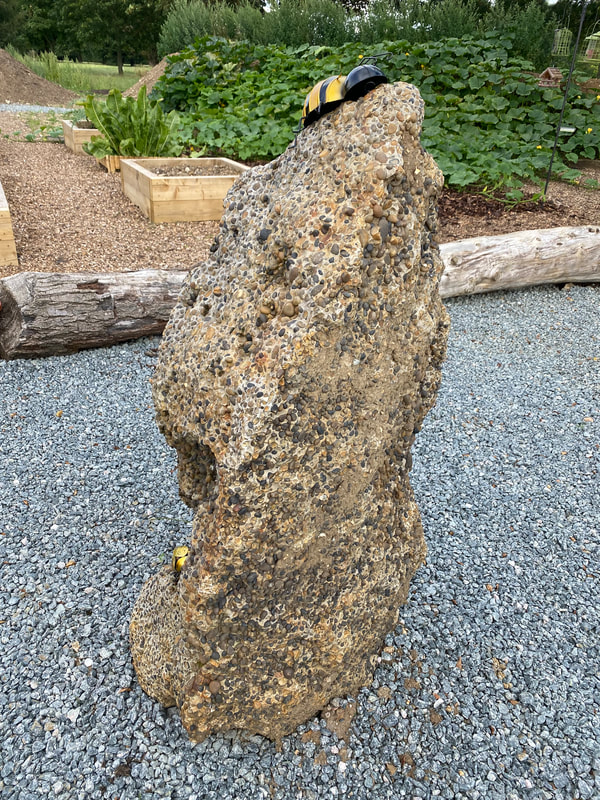
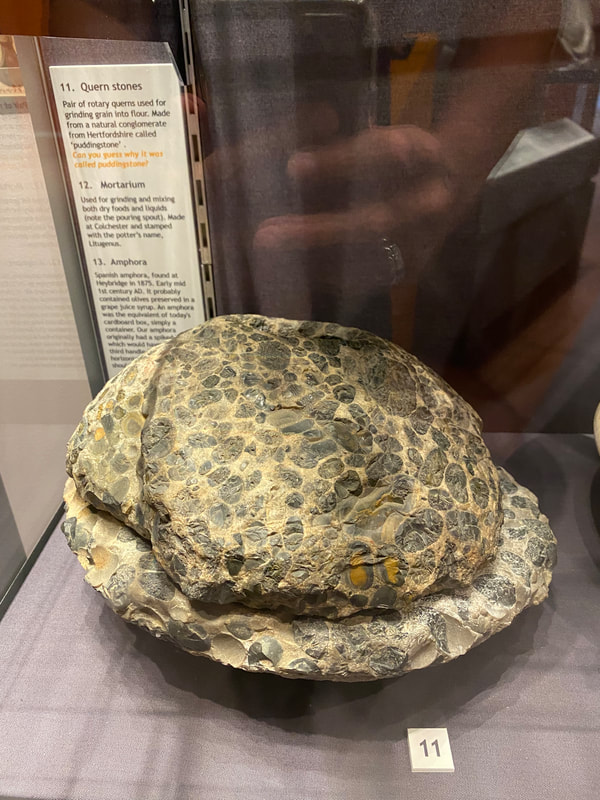
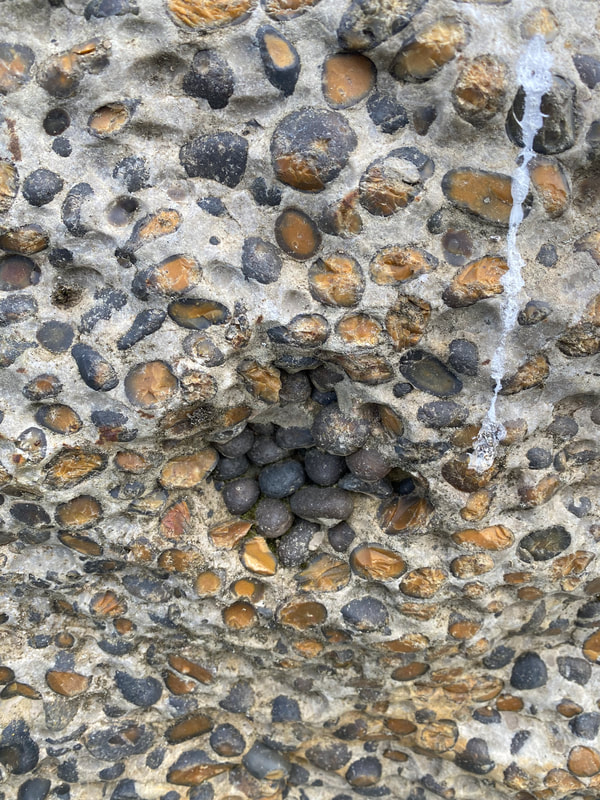
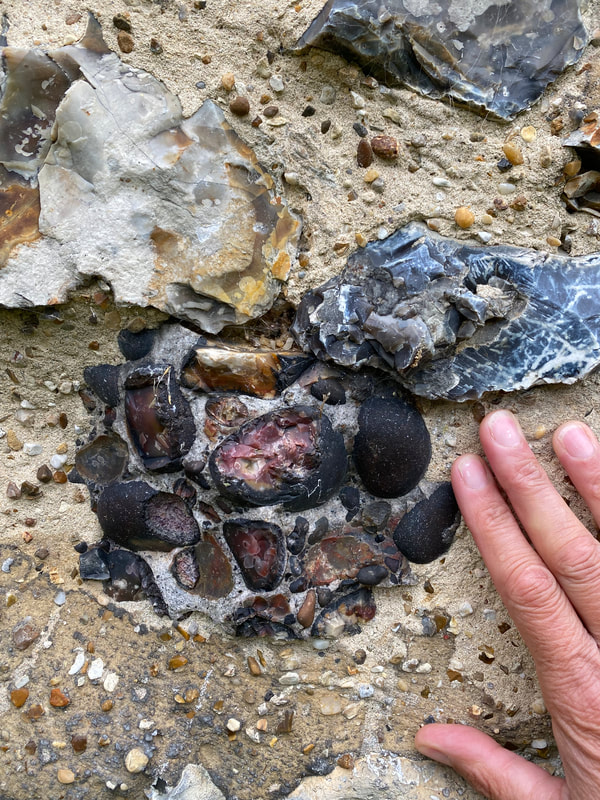
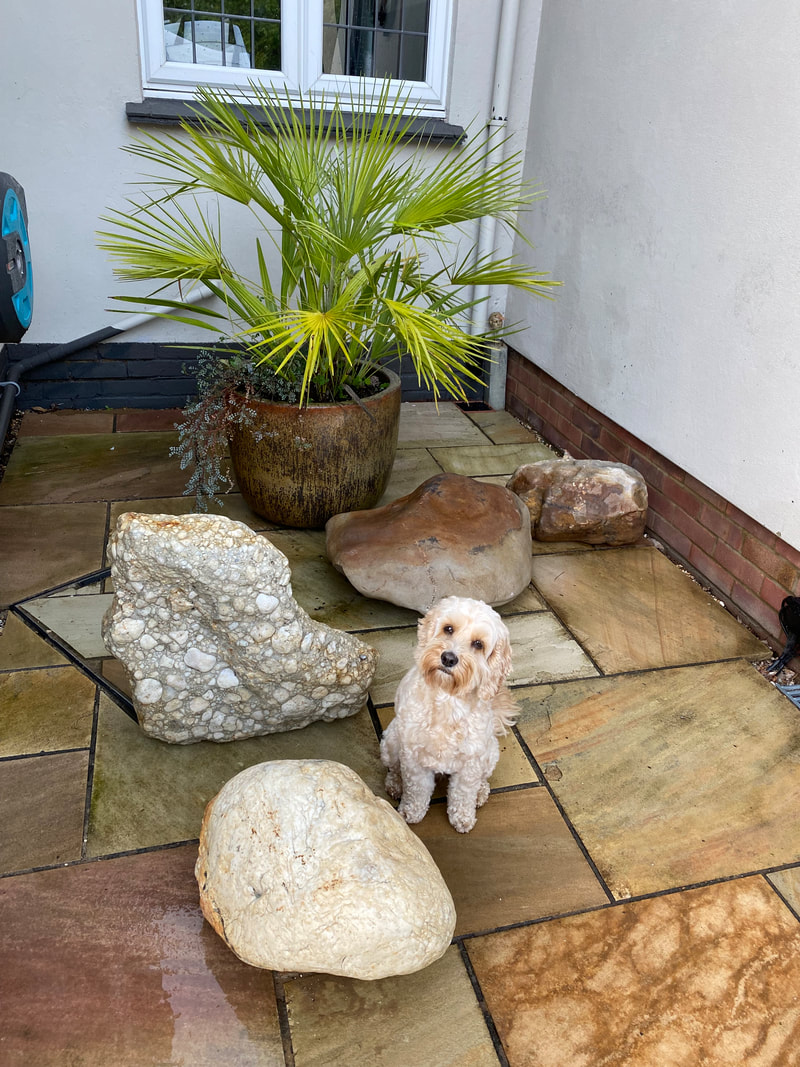
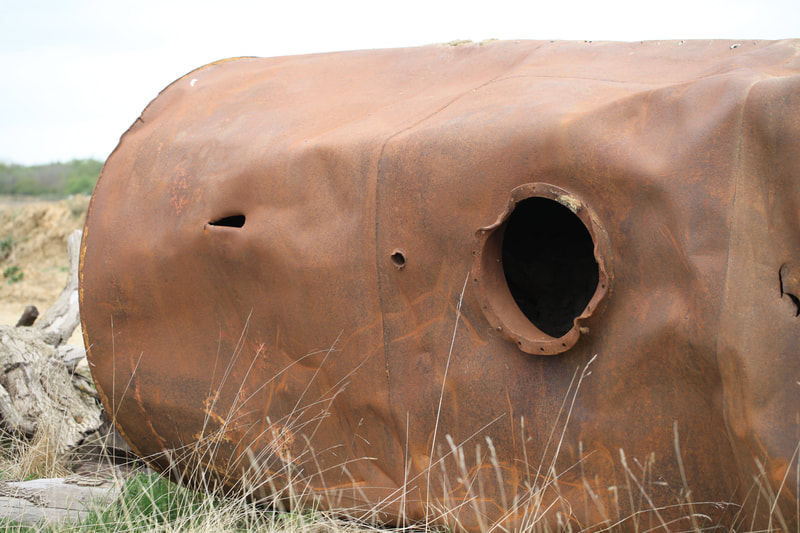
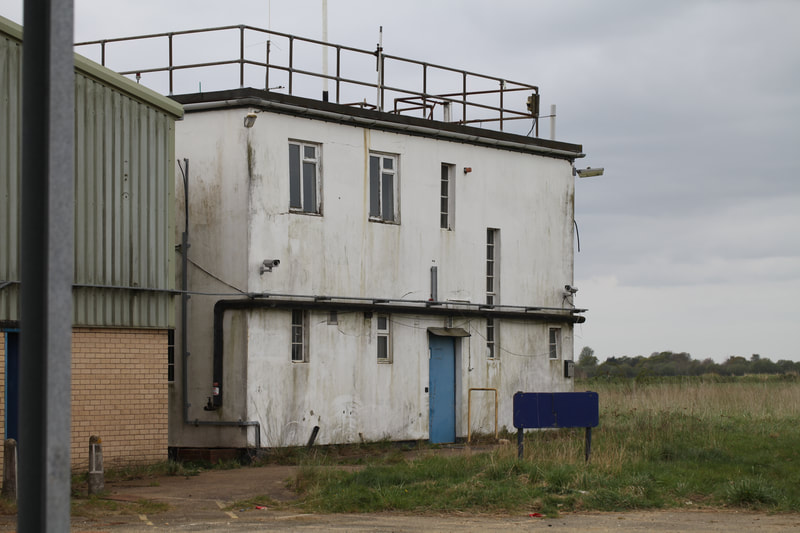
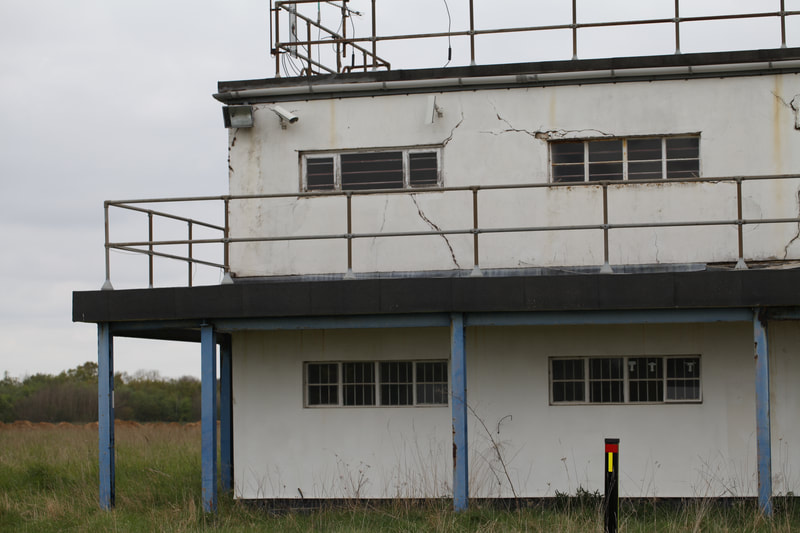
 RSS Feed
RSS Feed